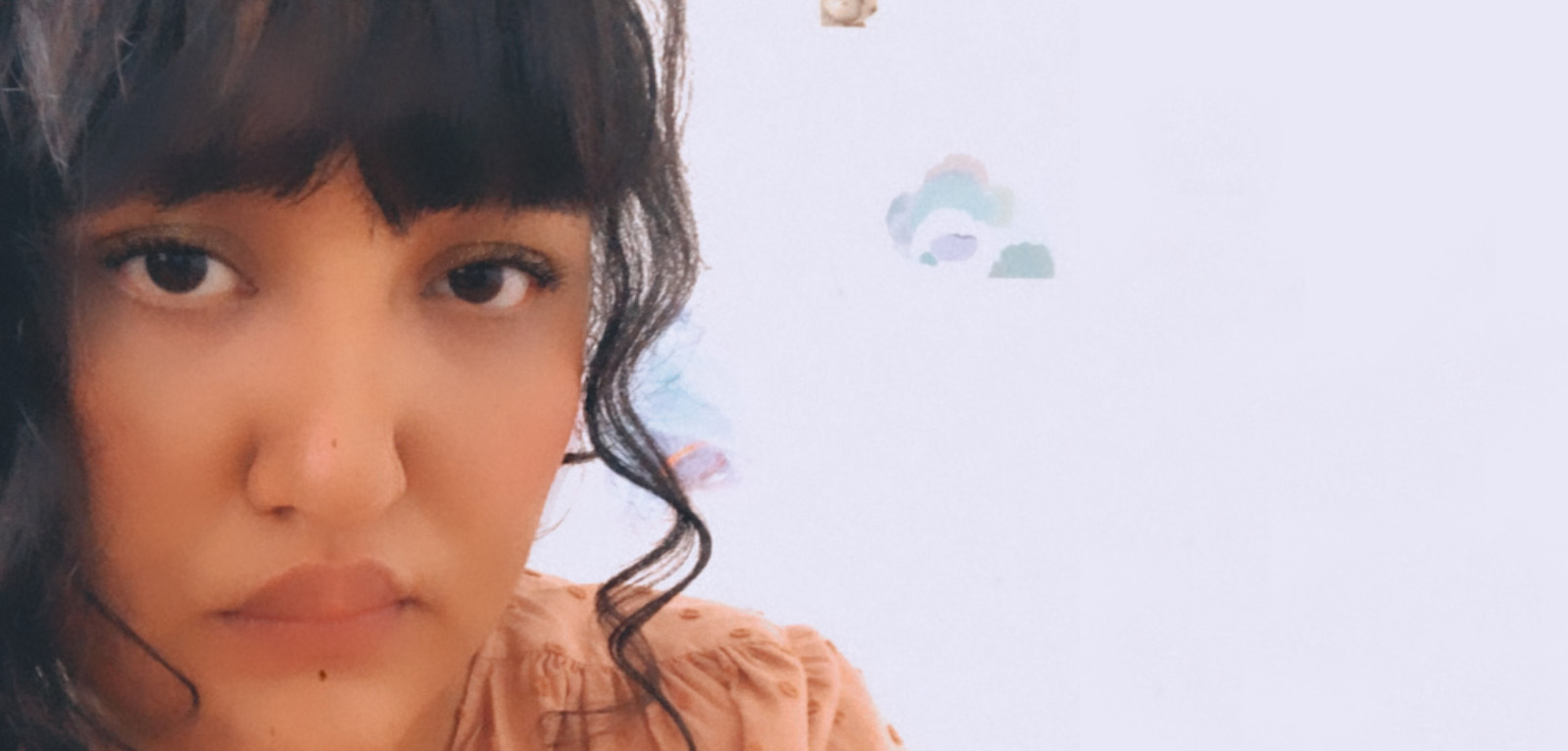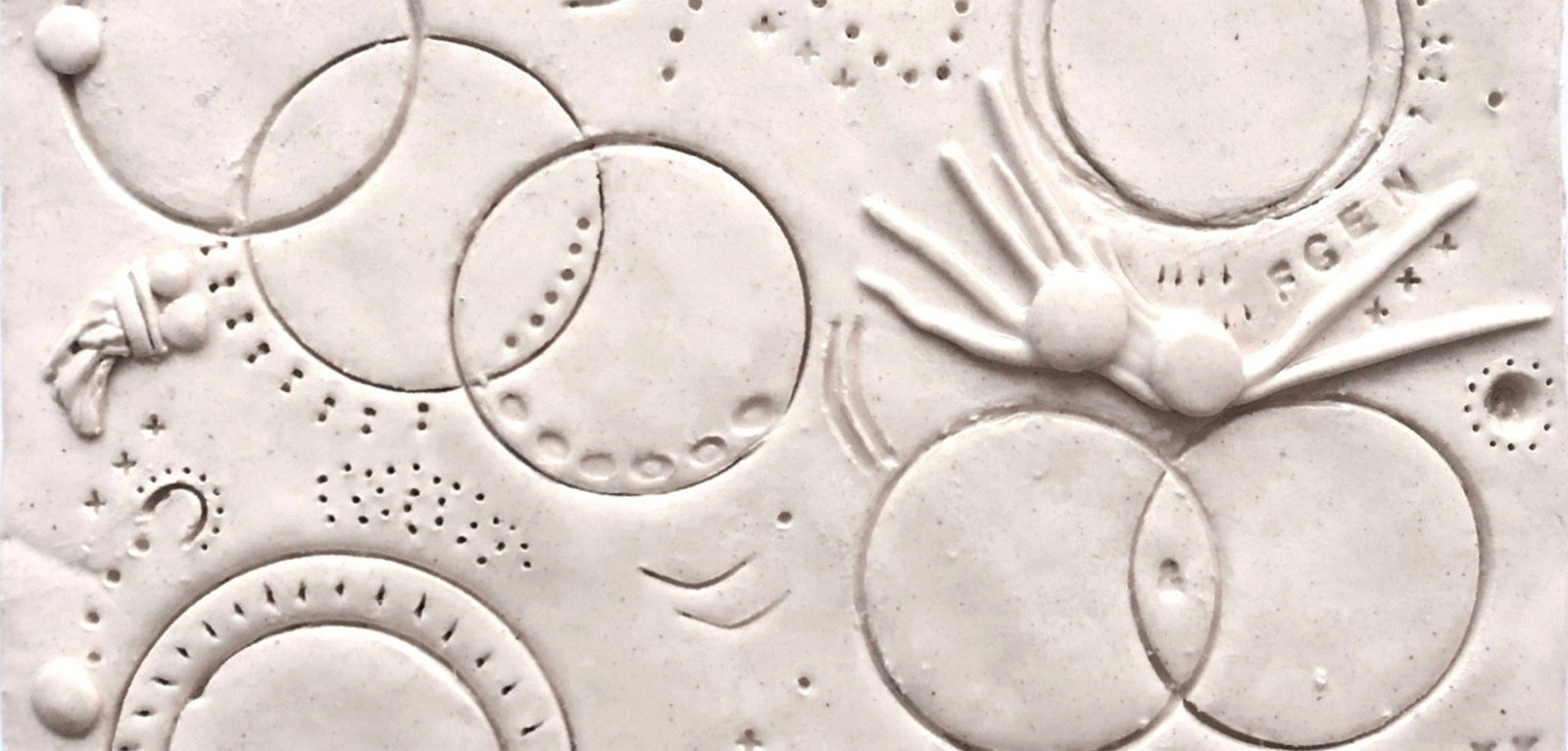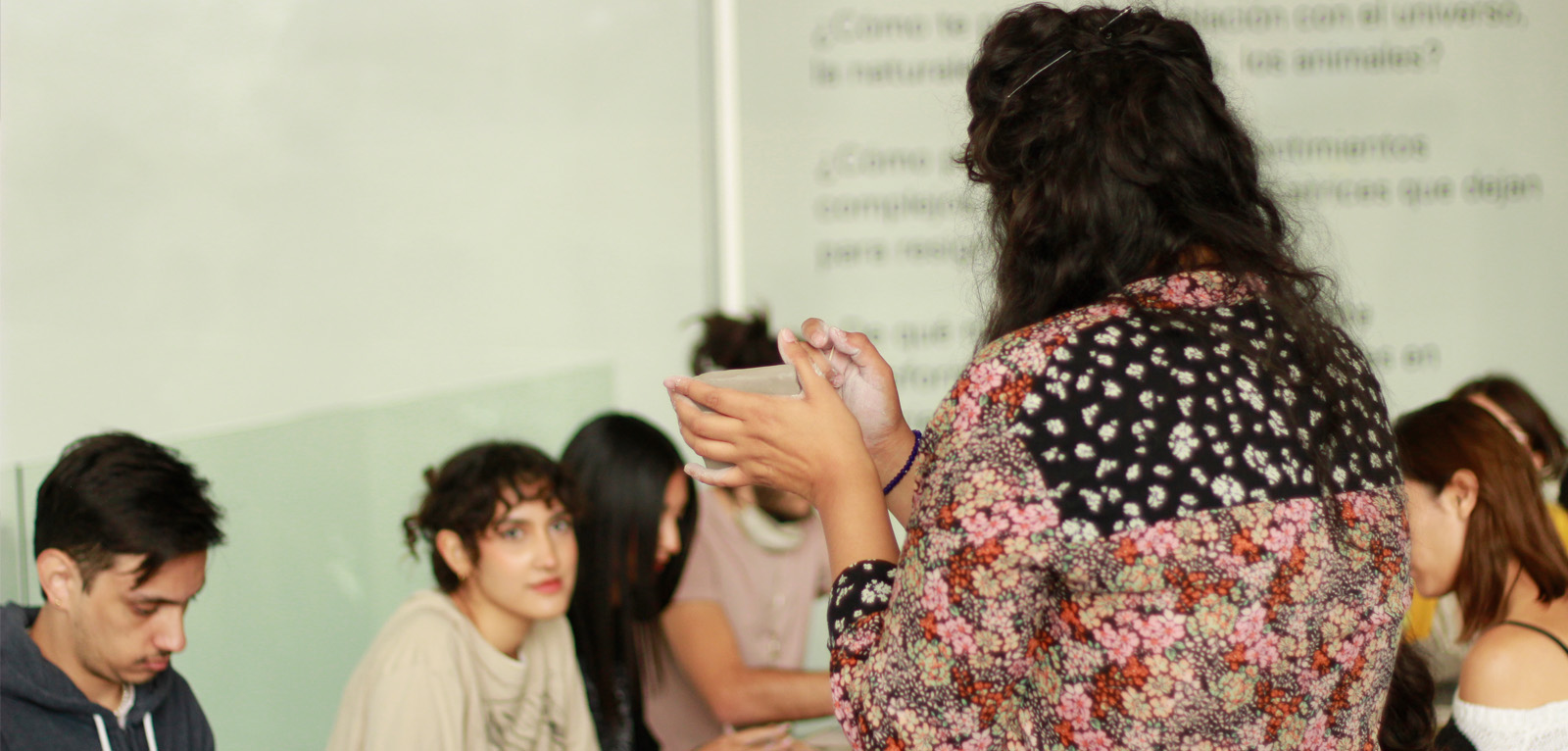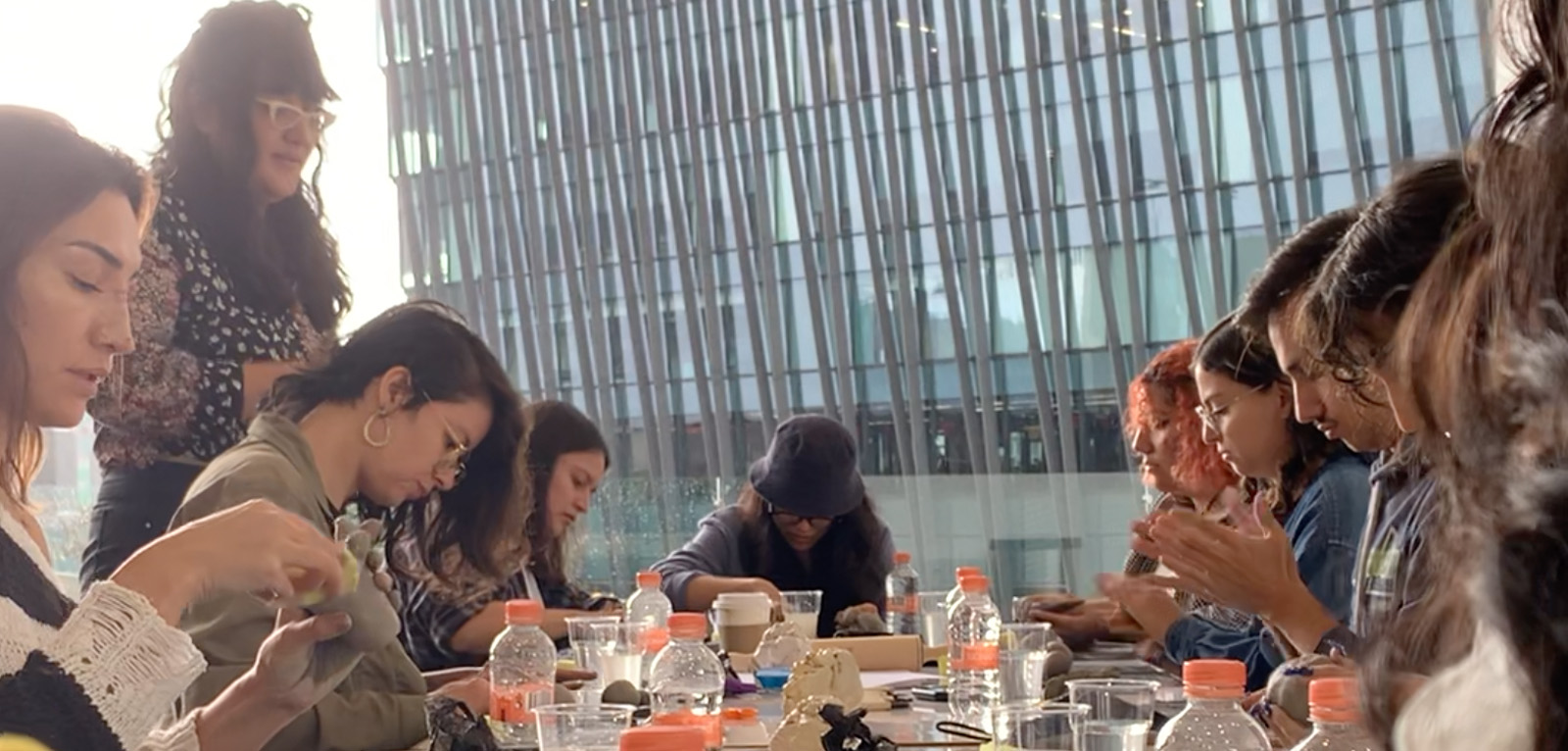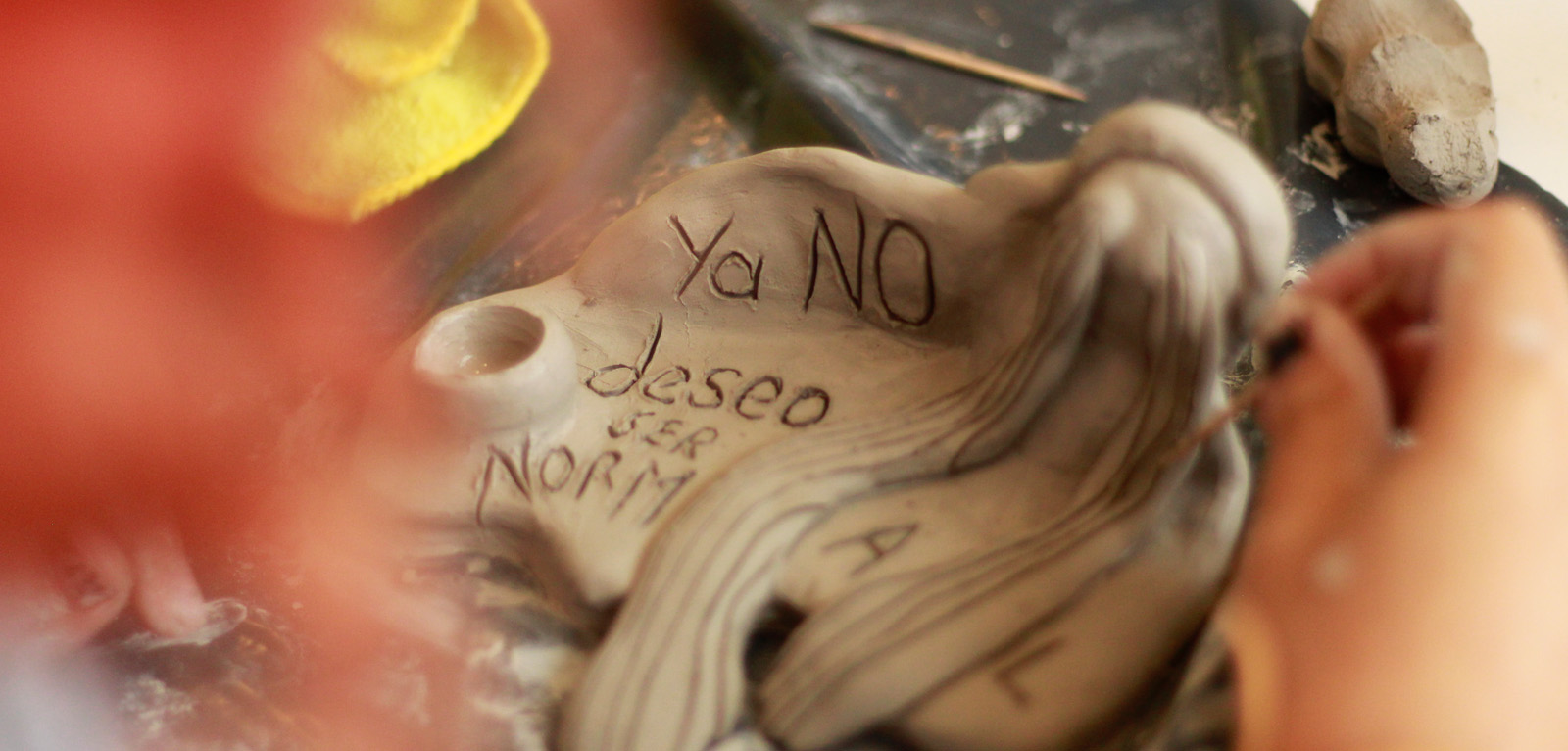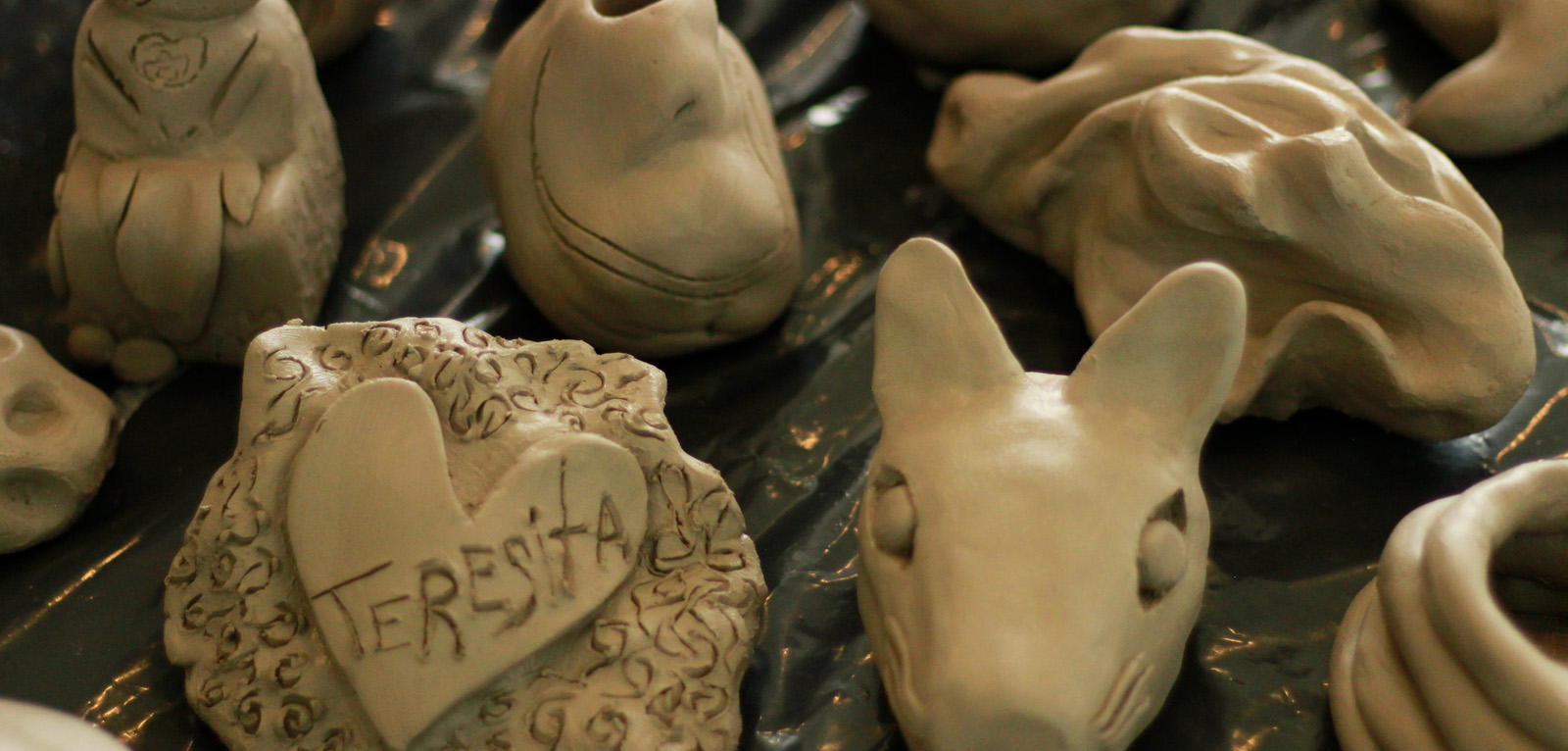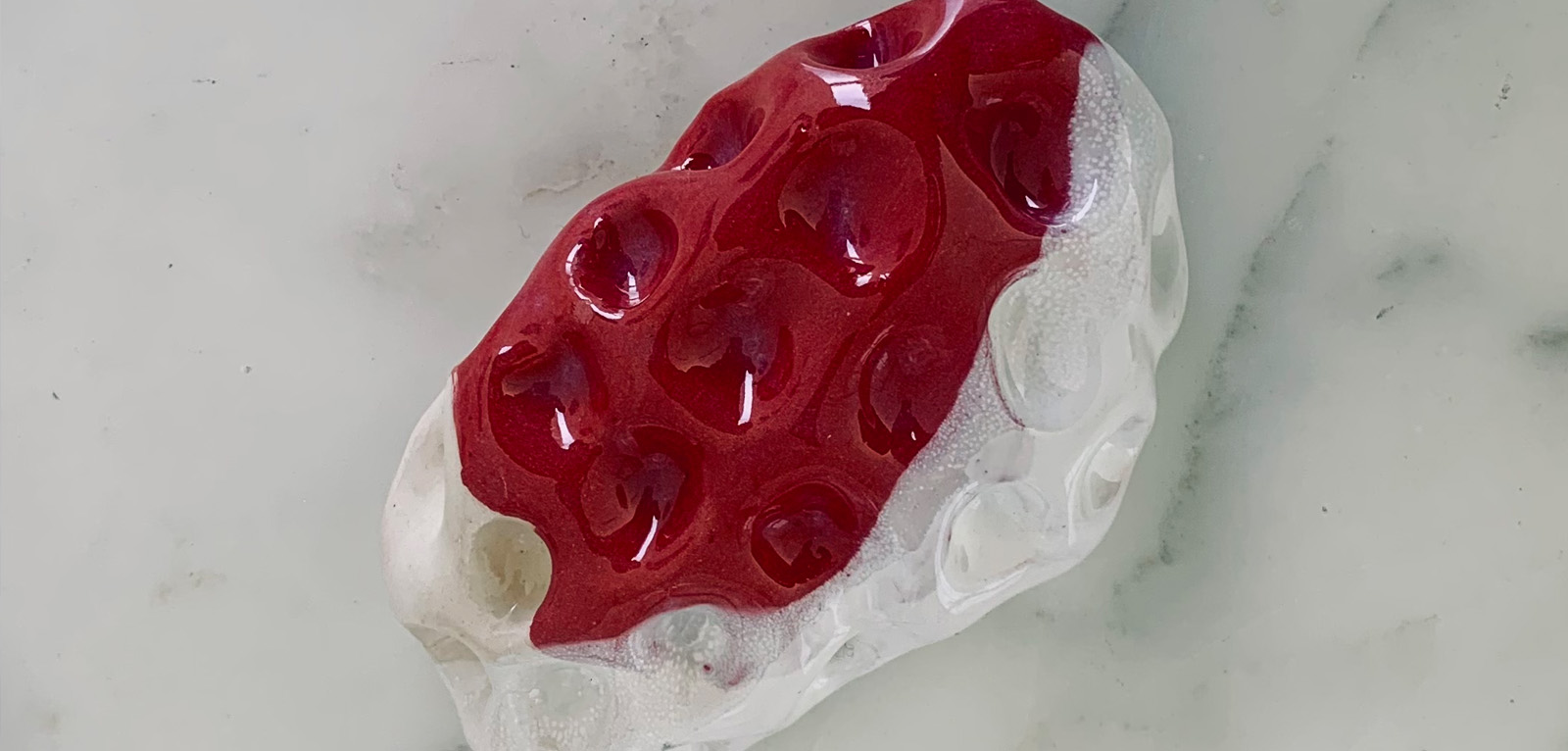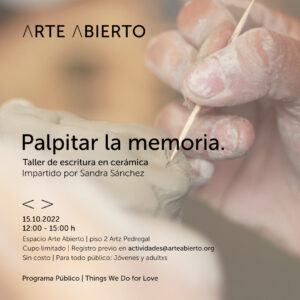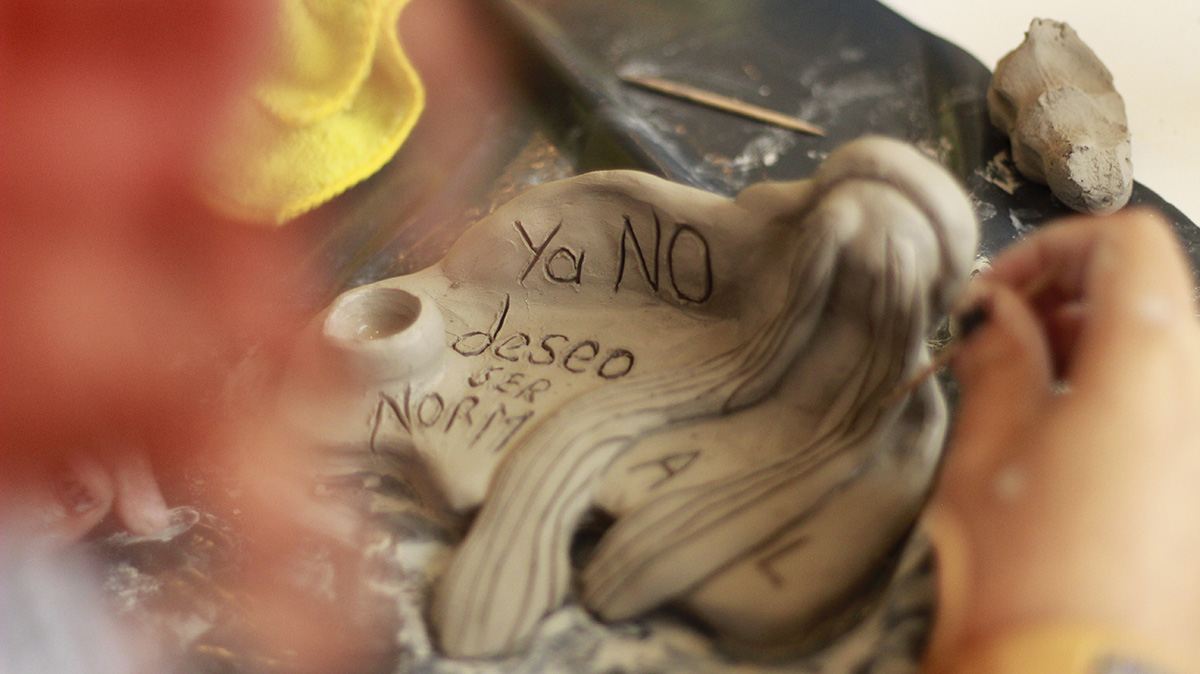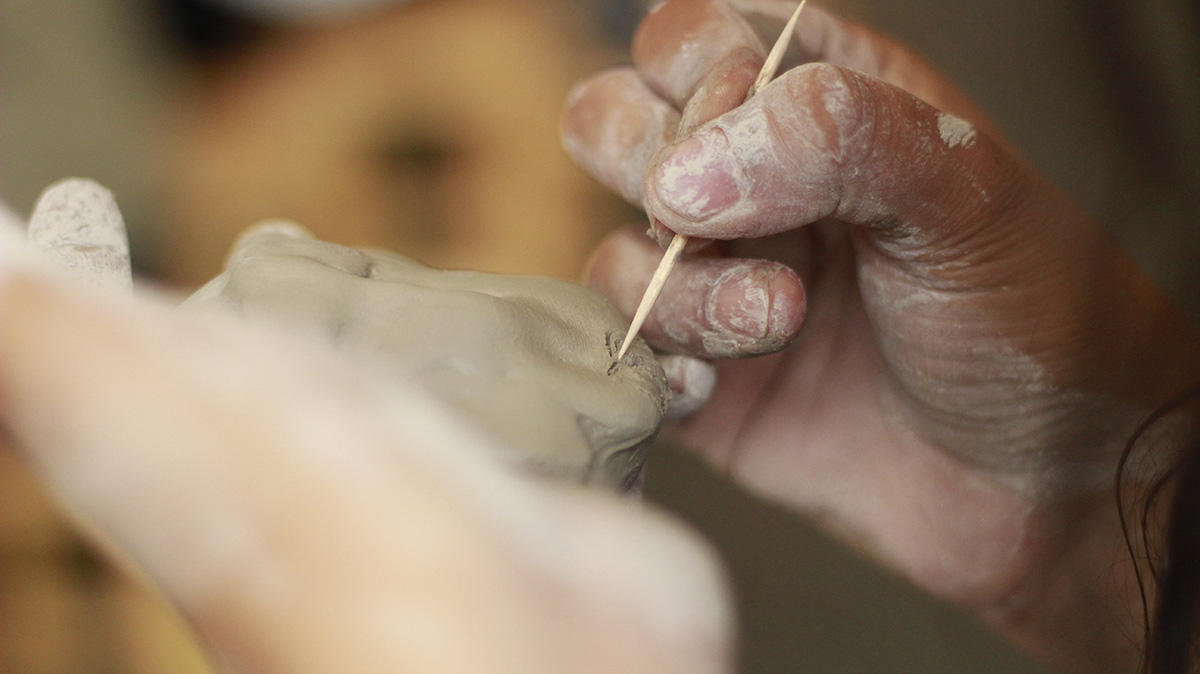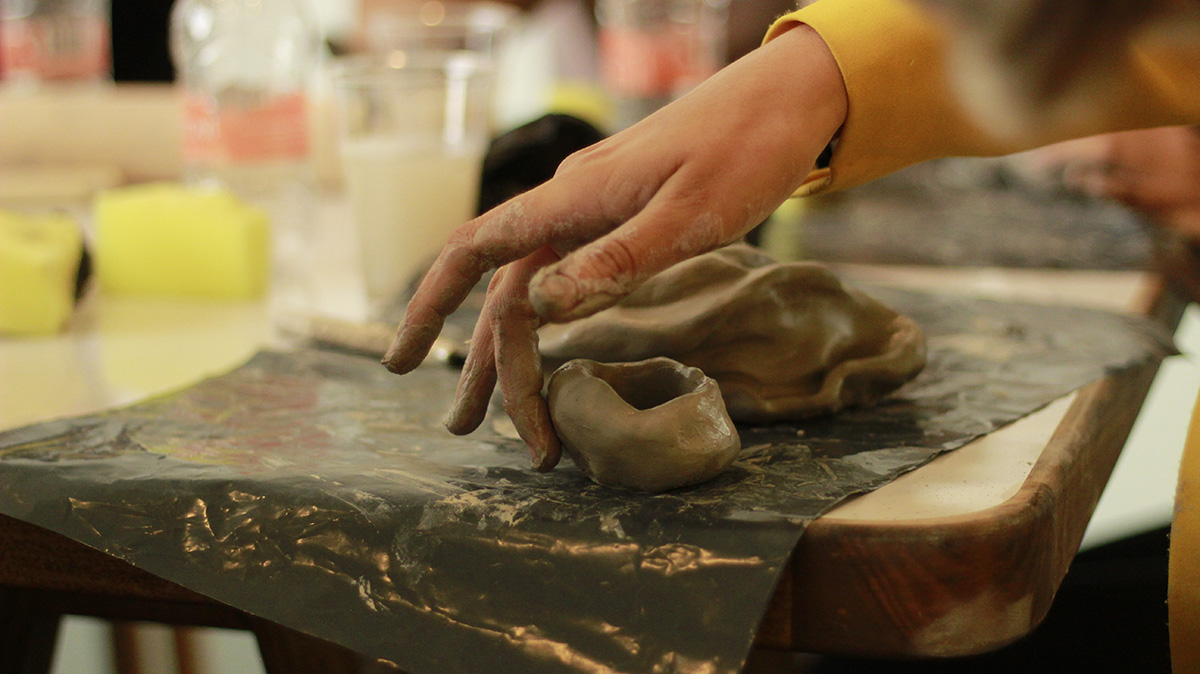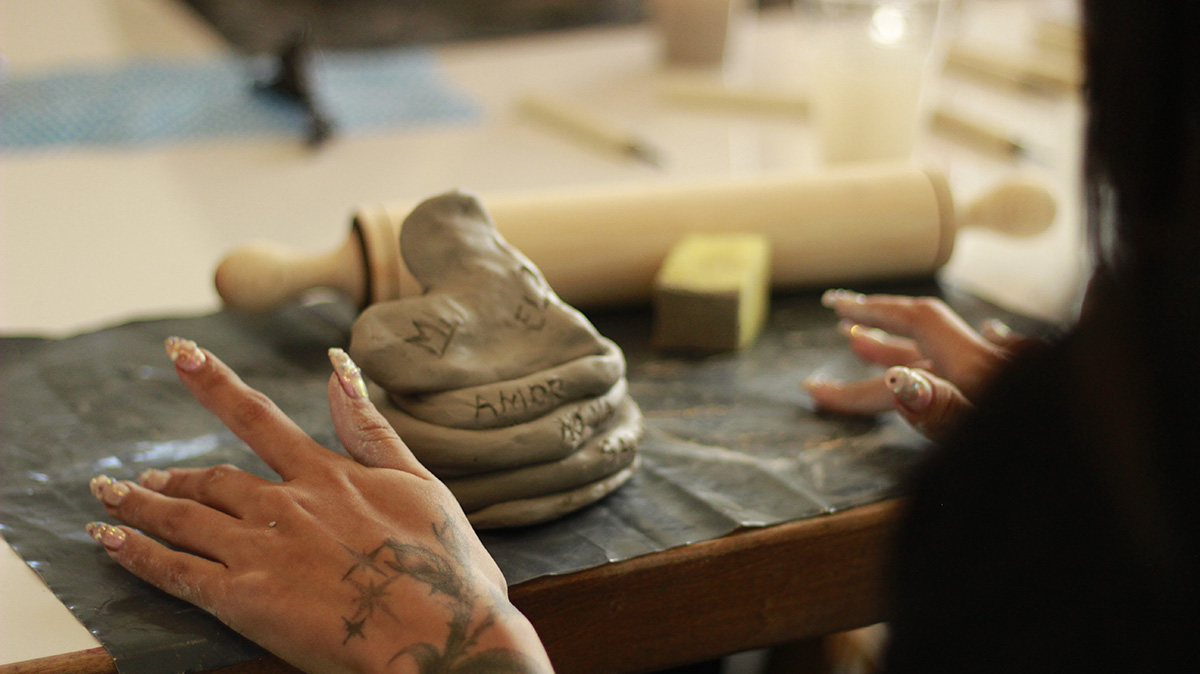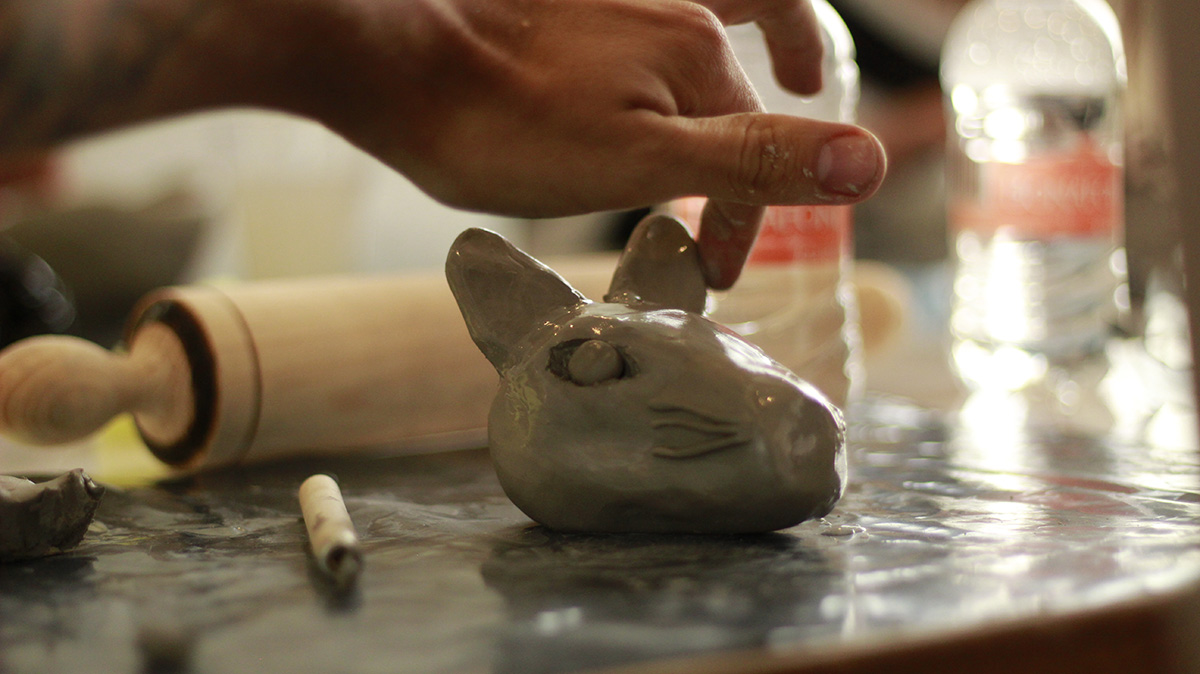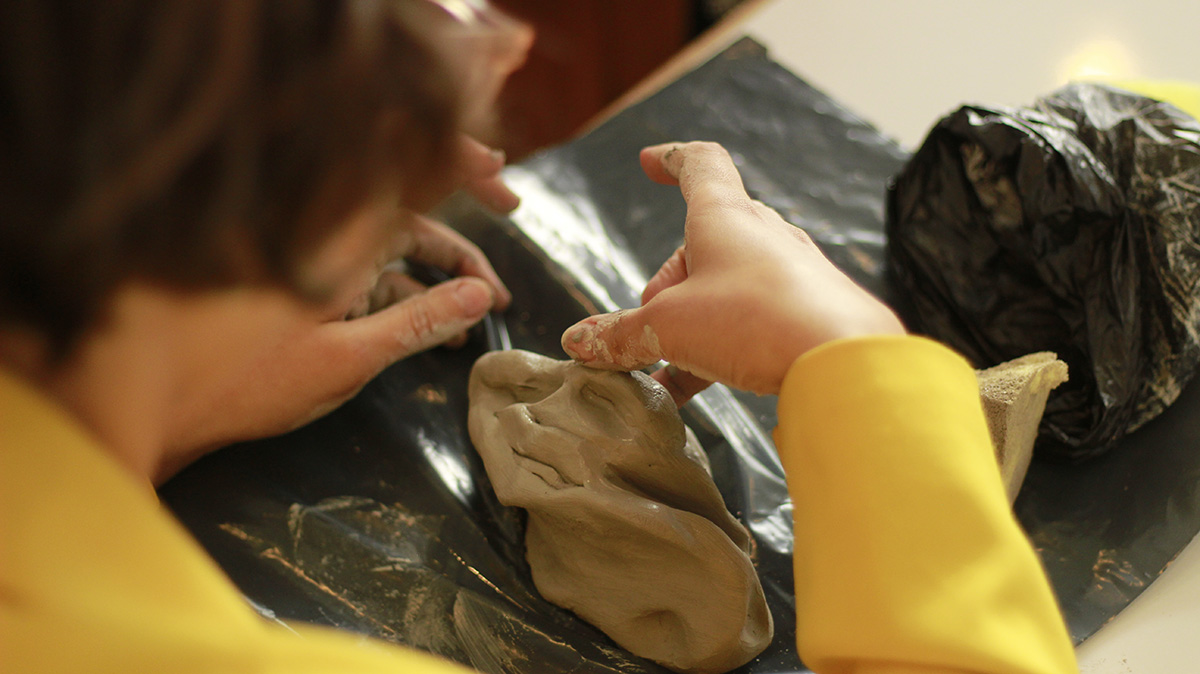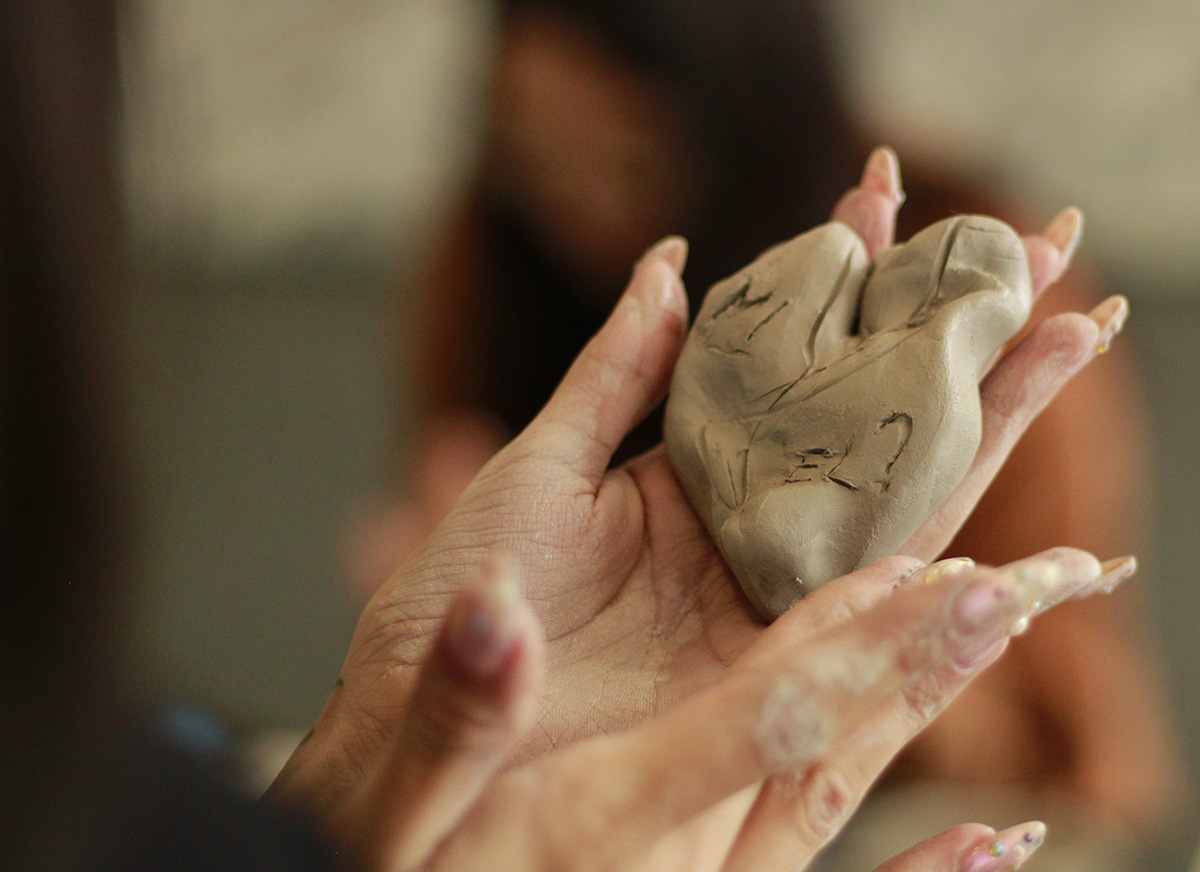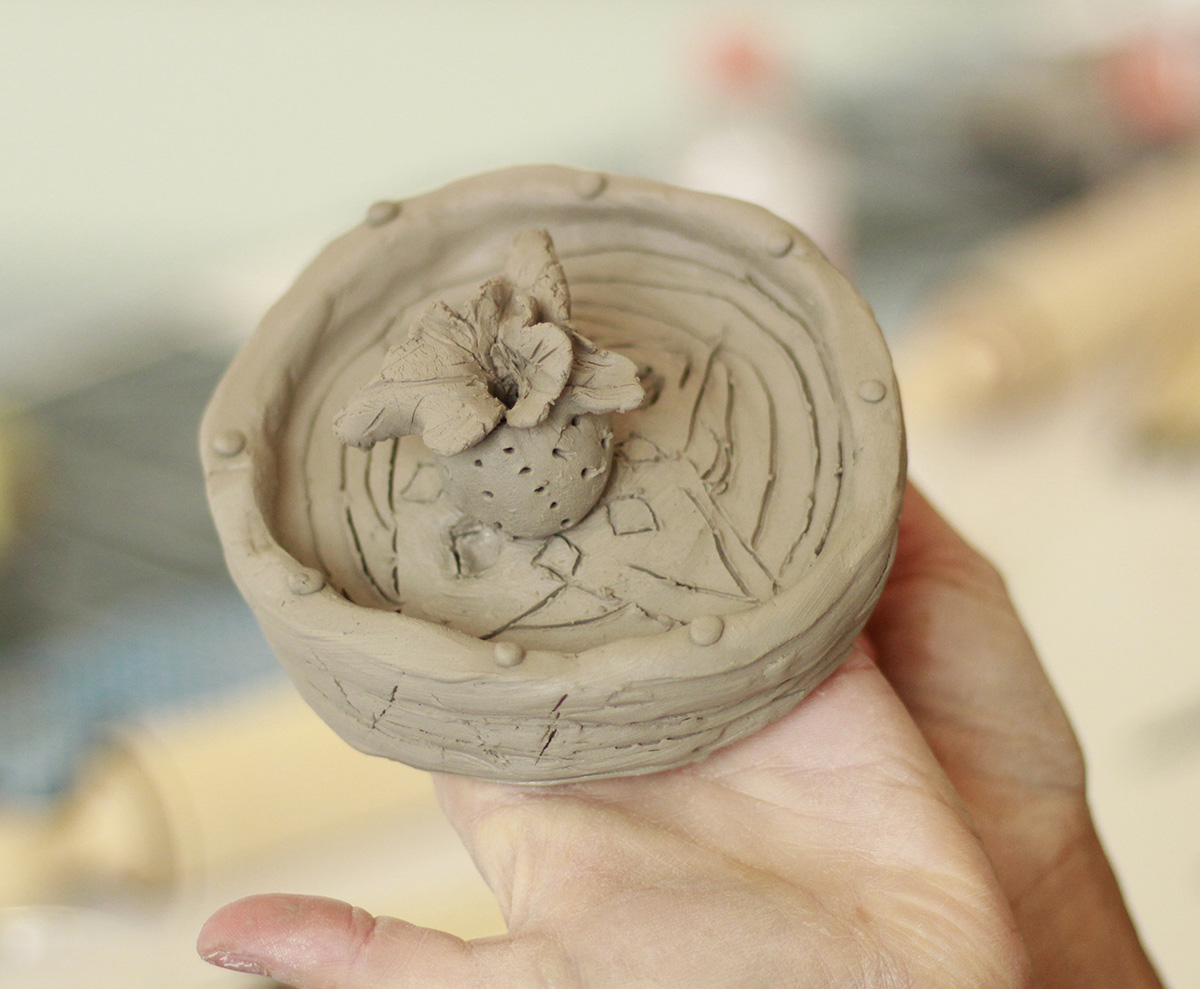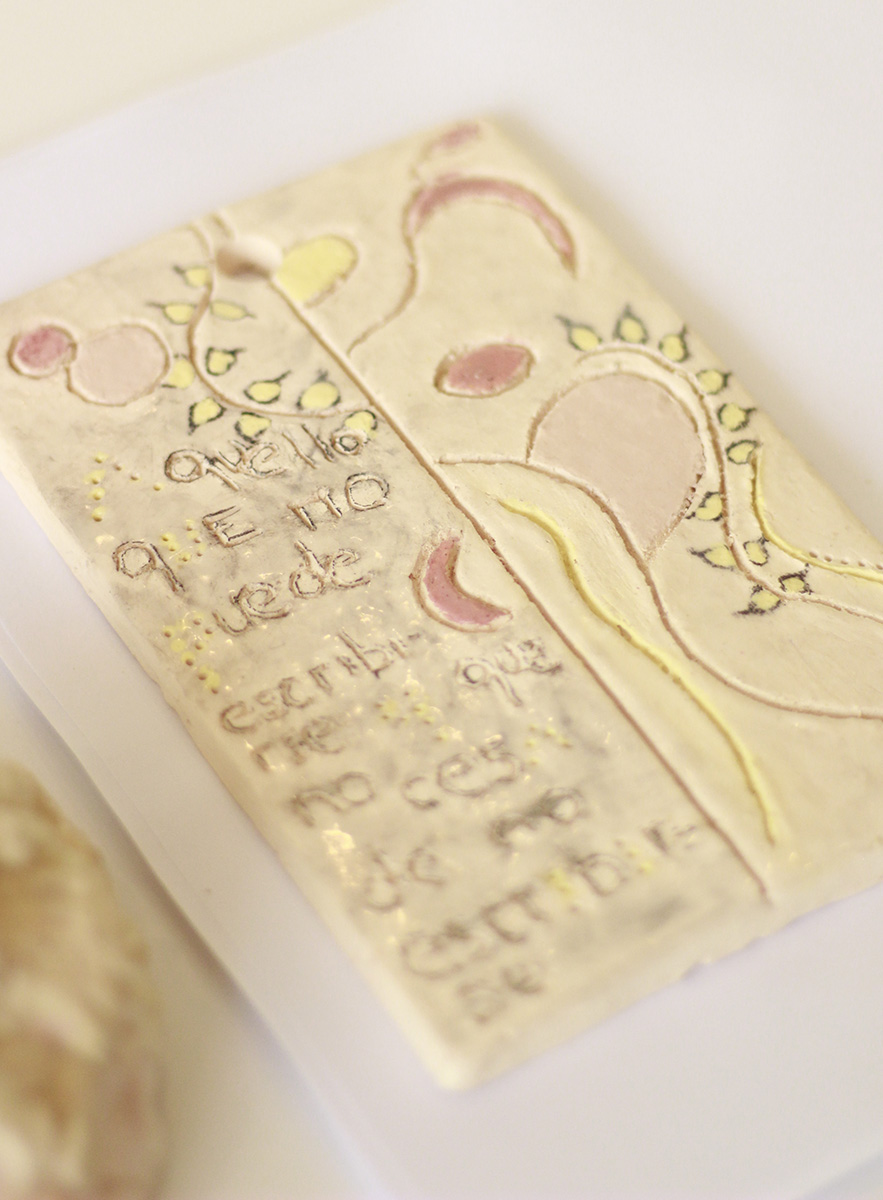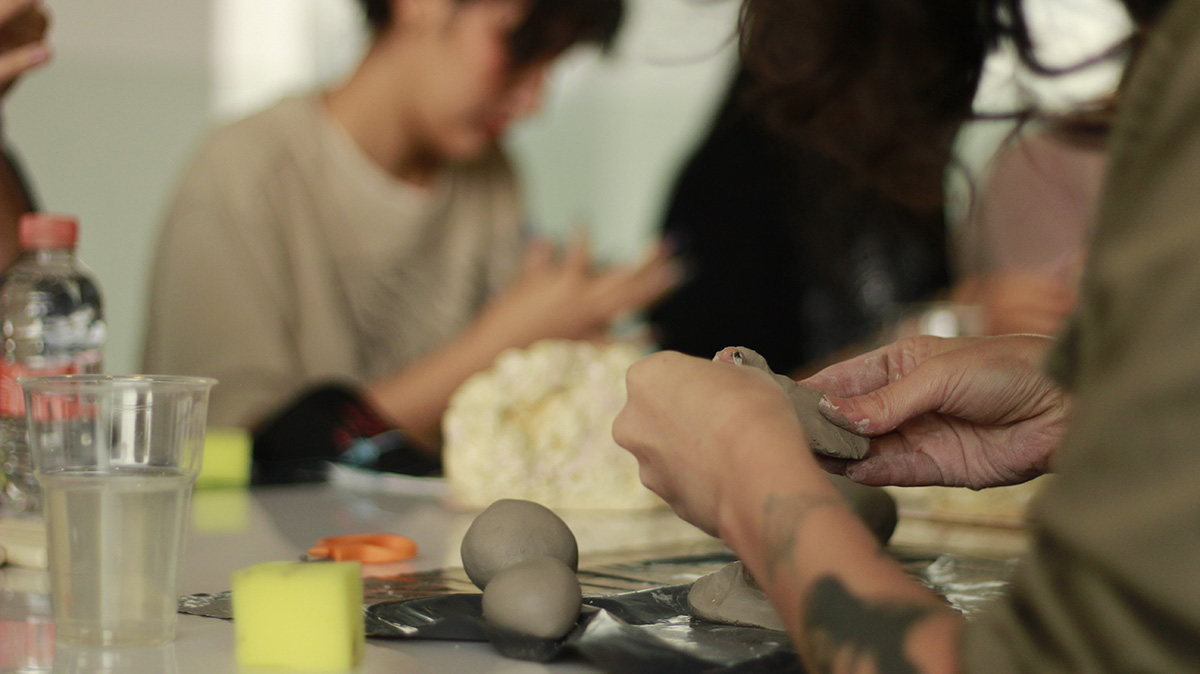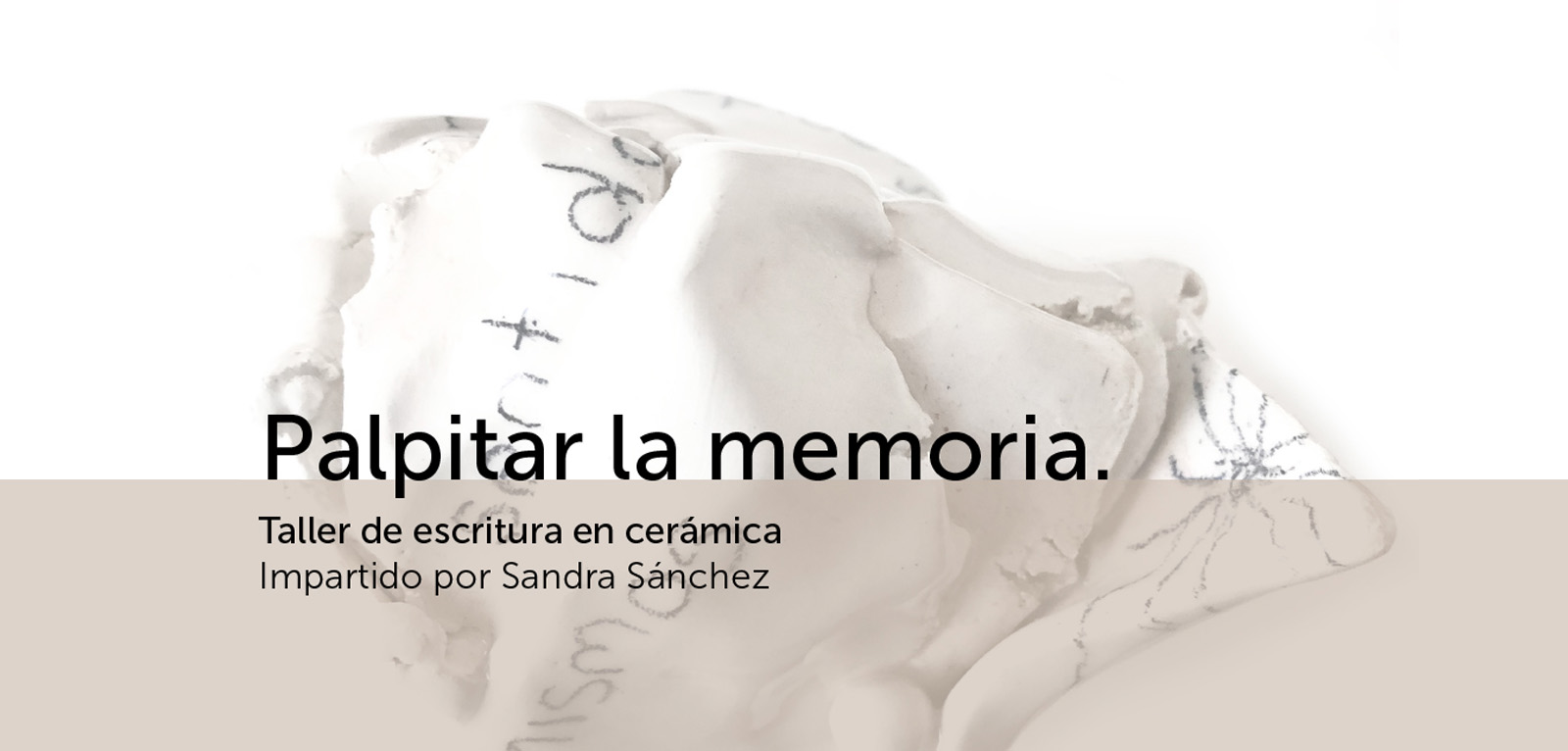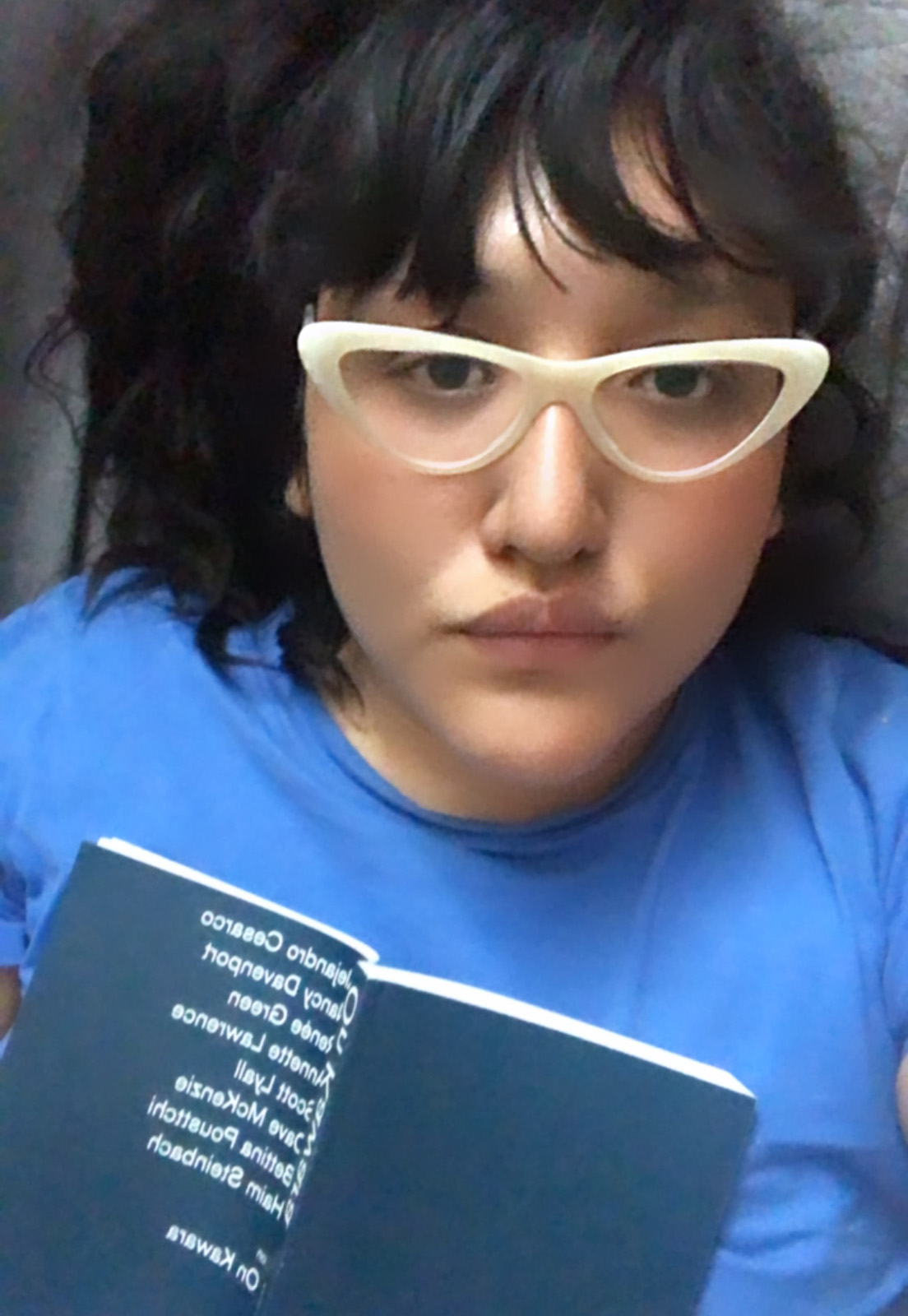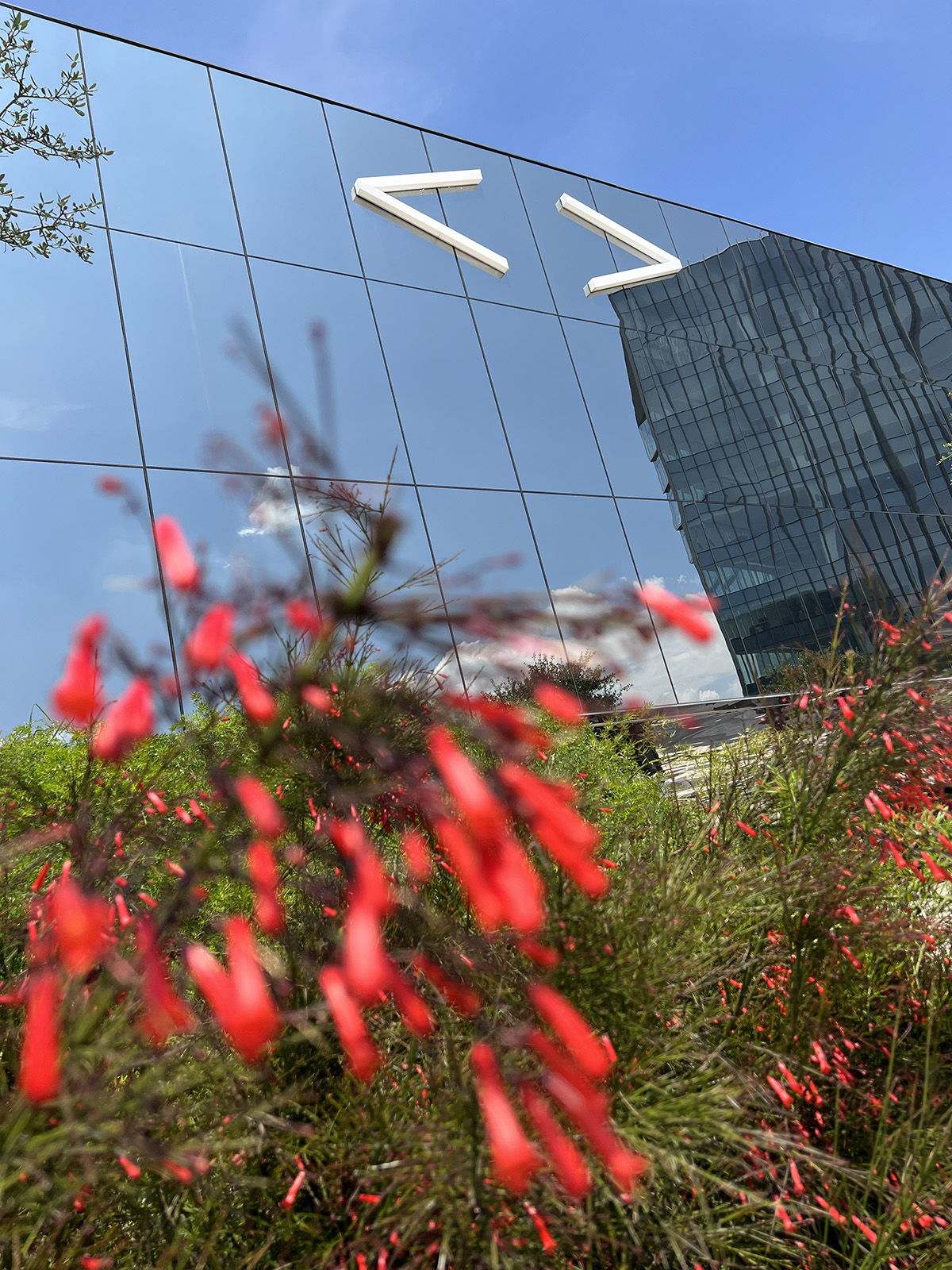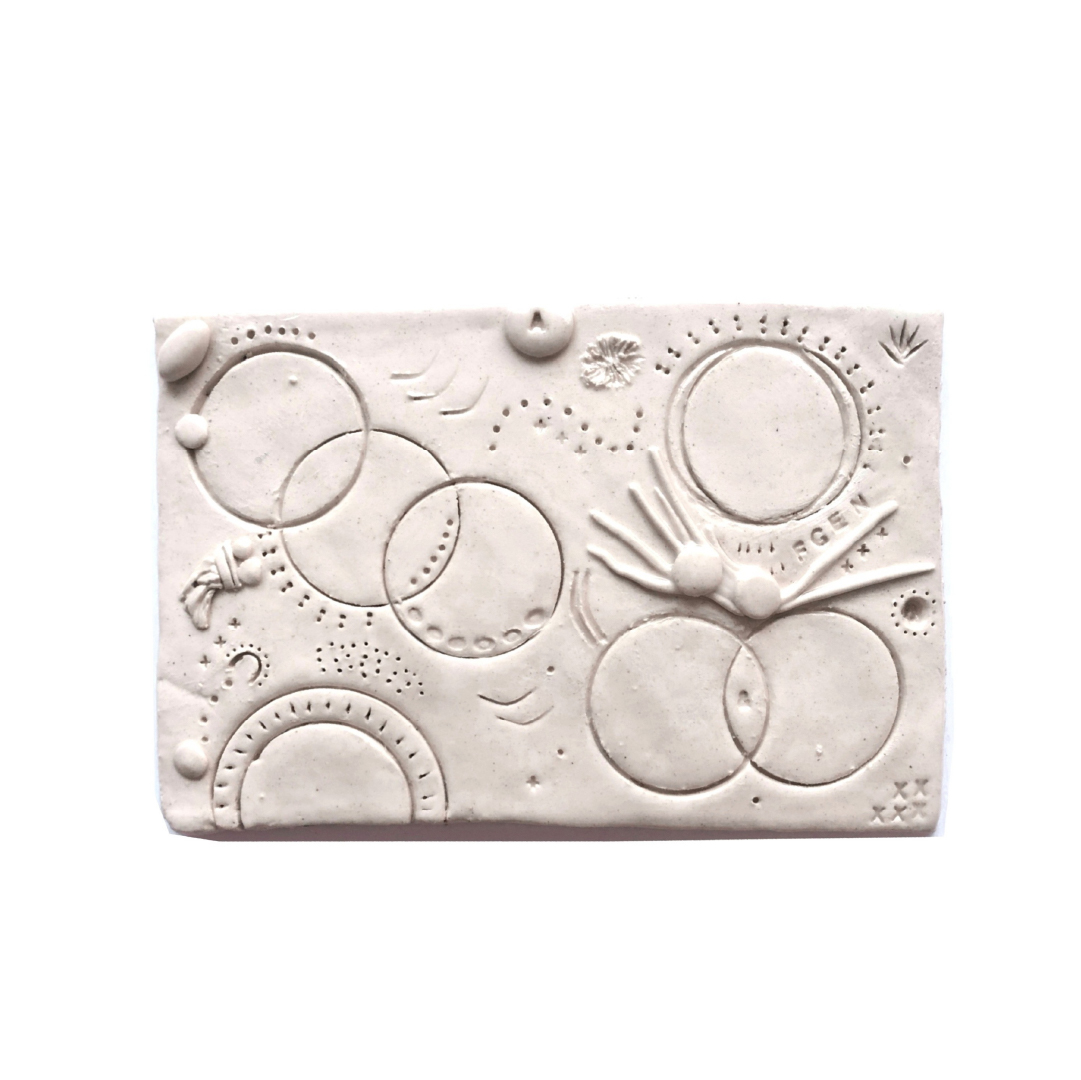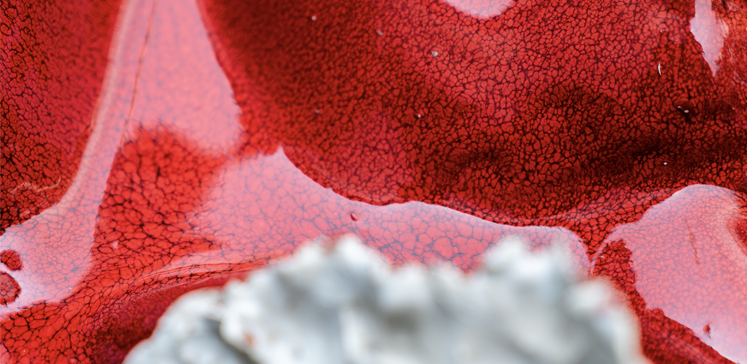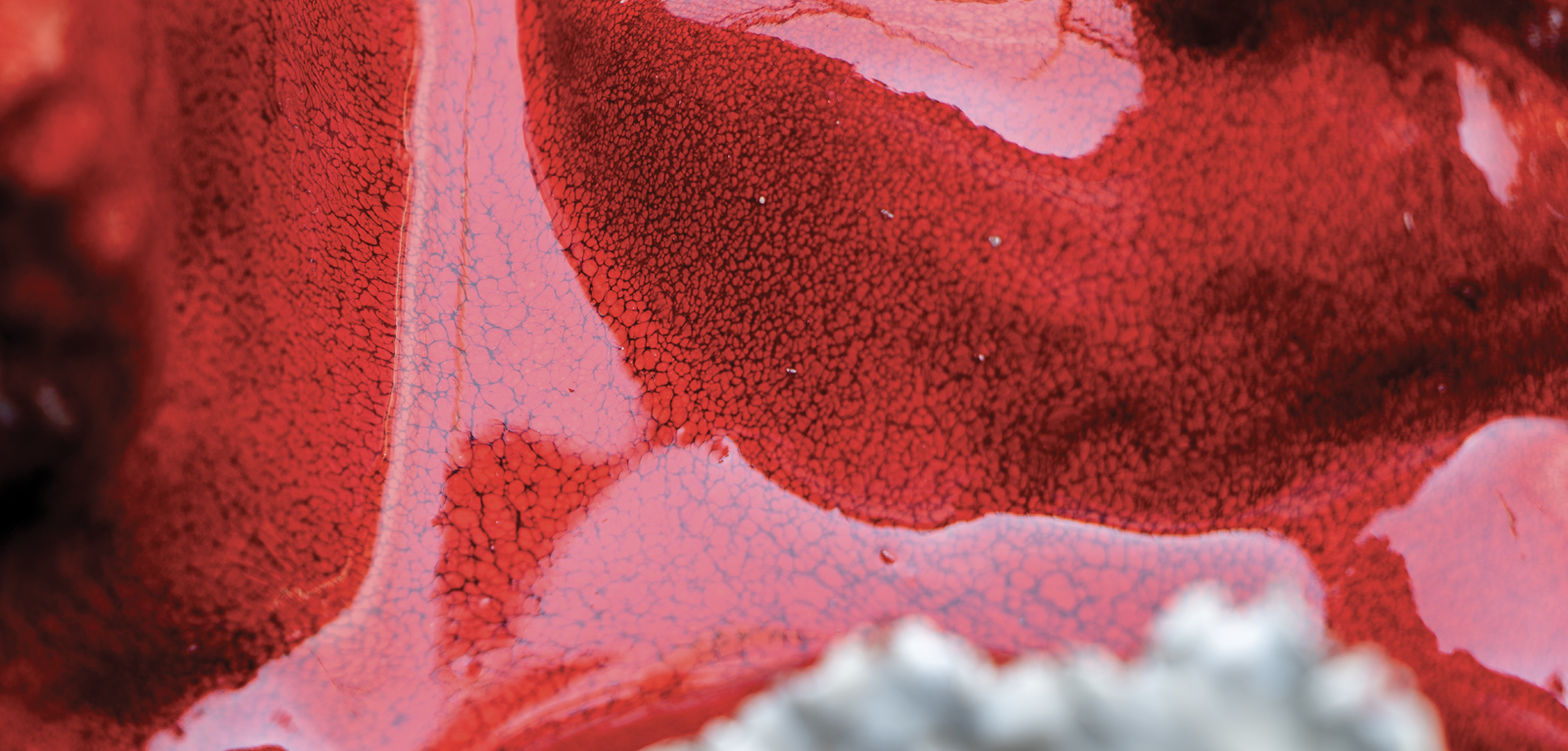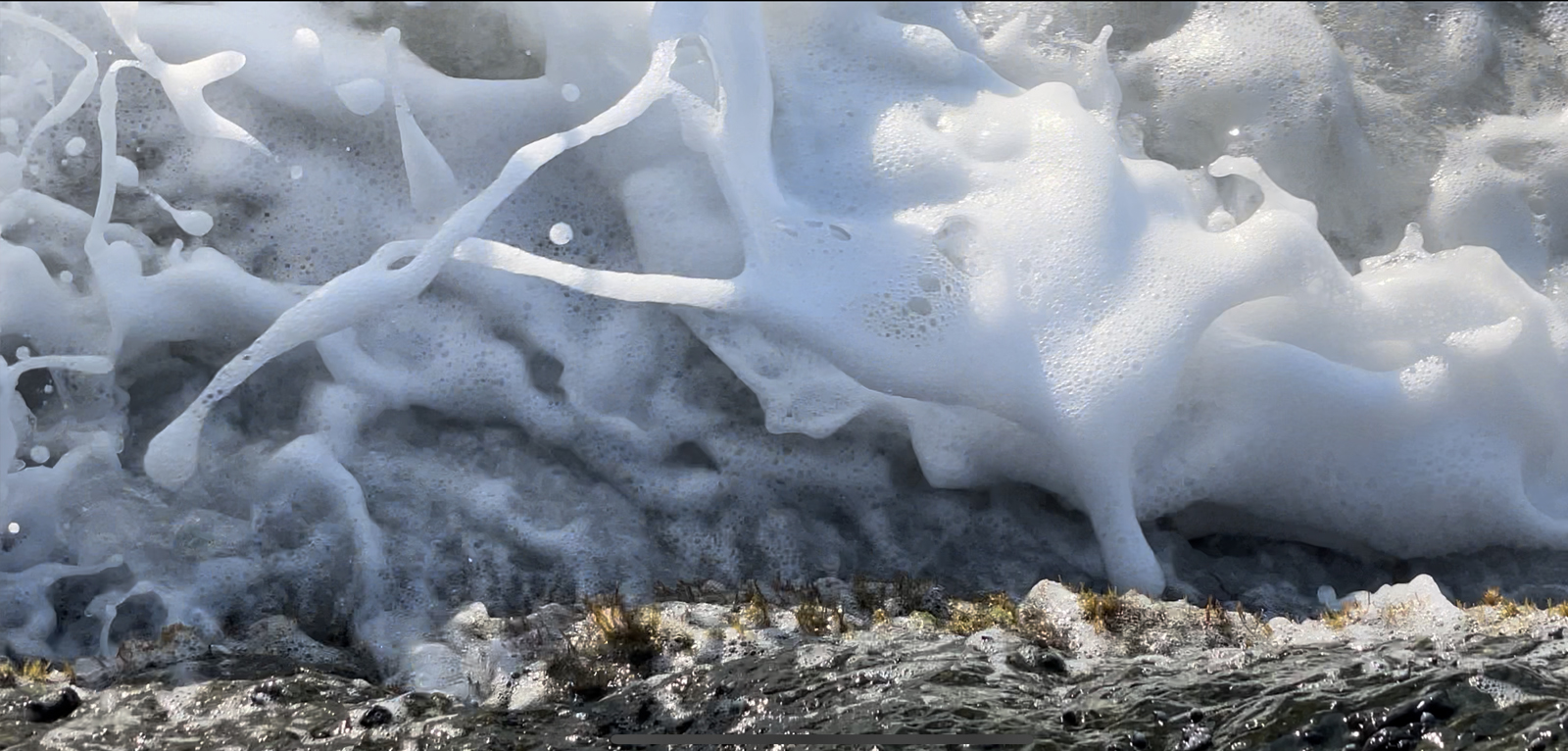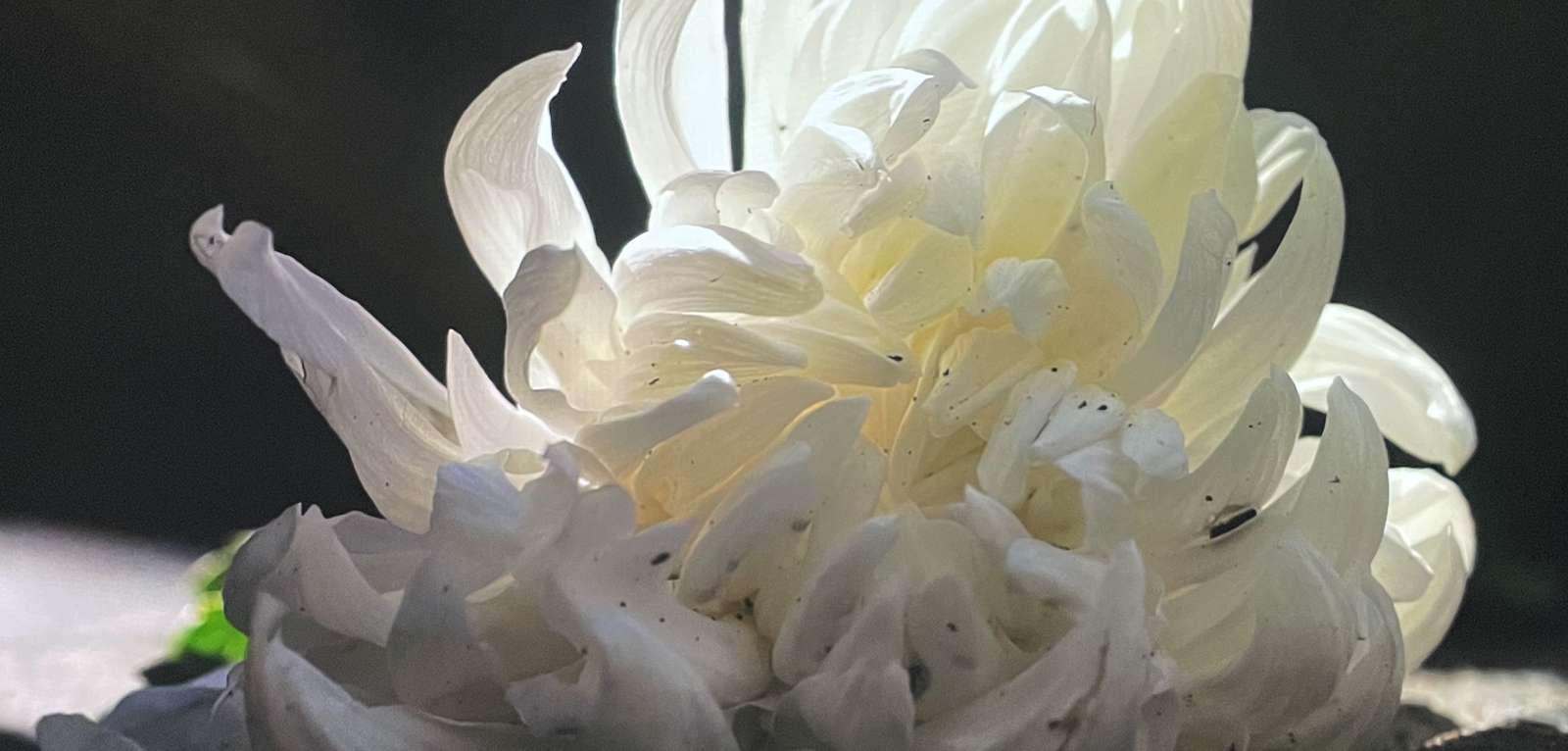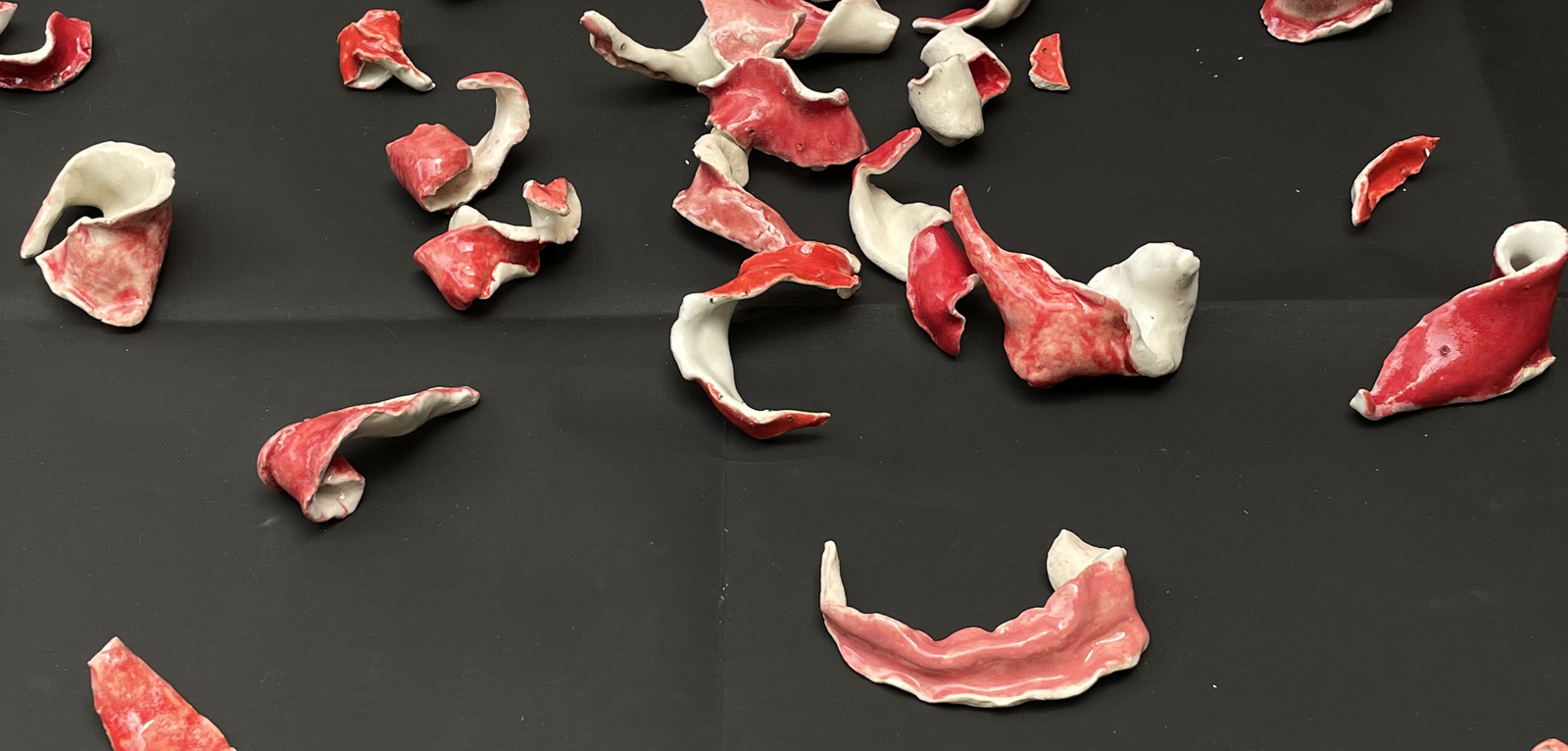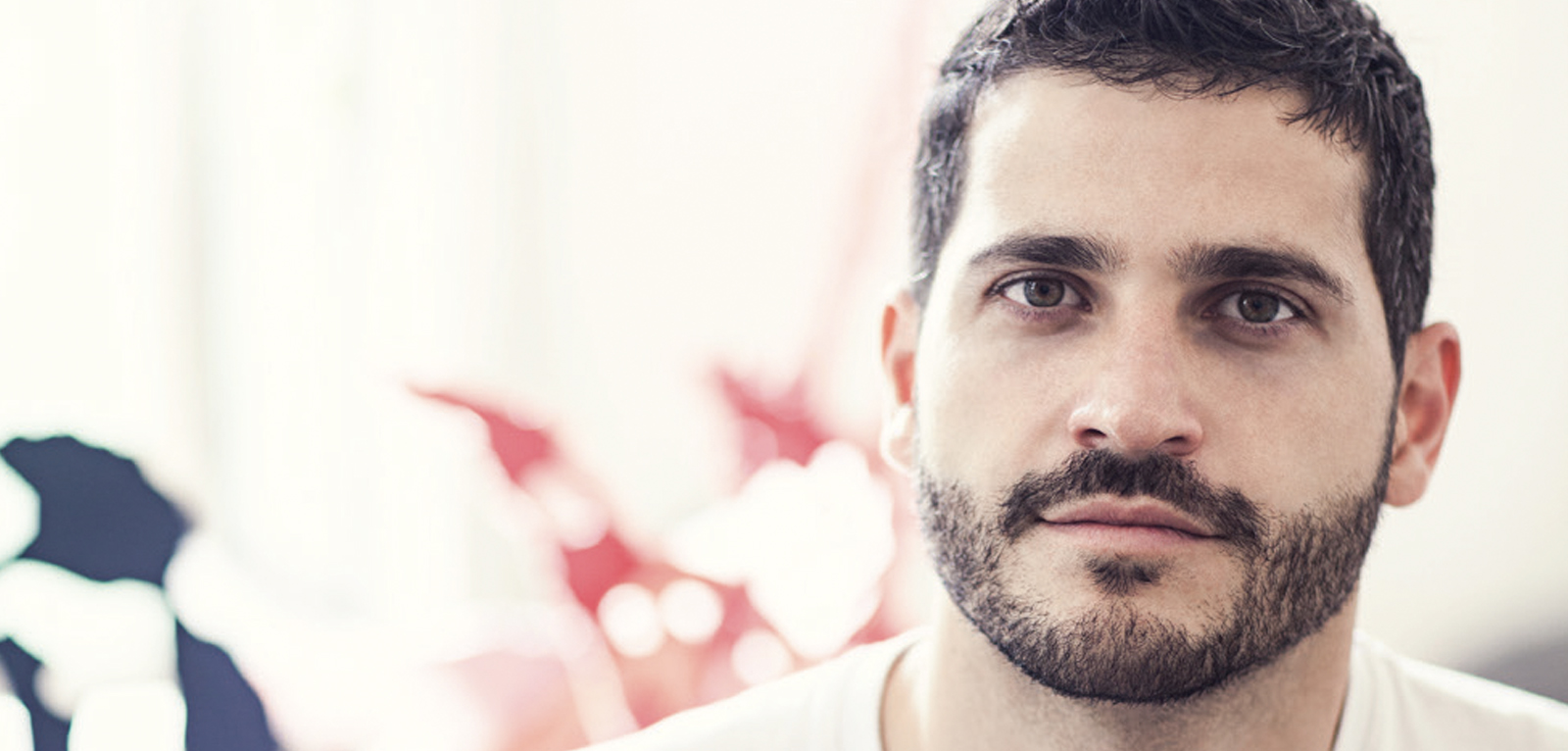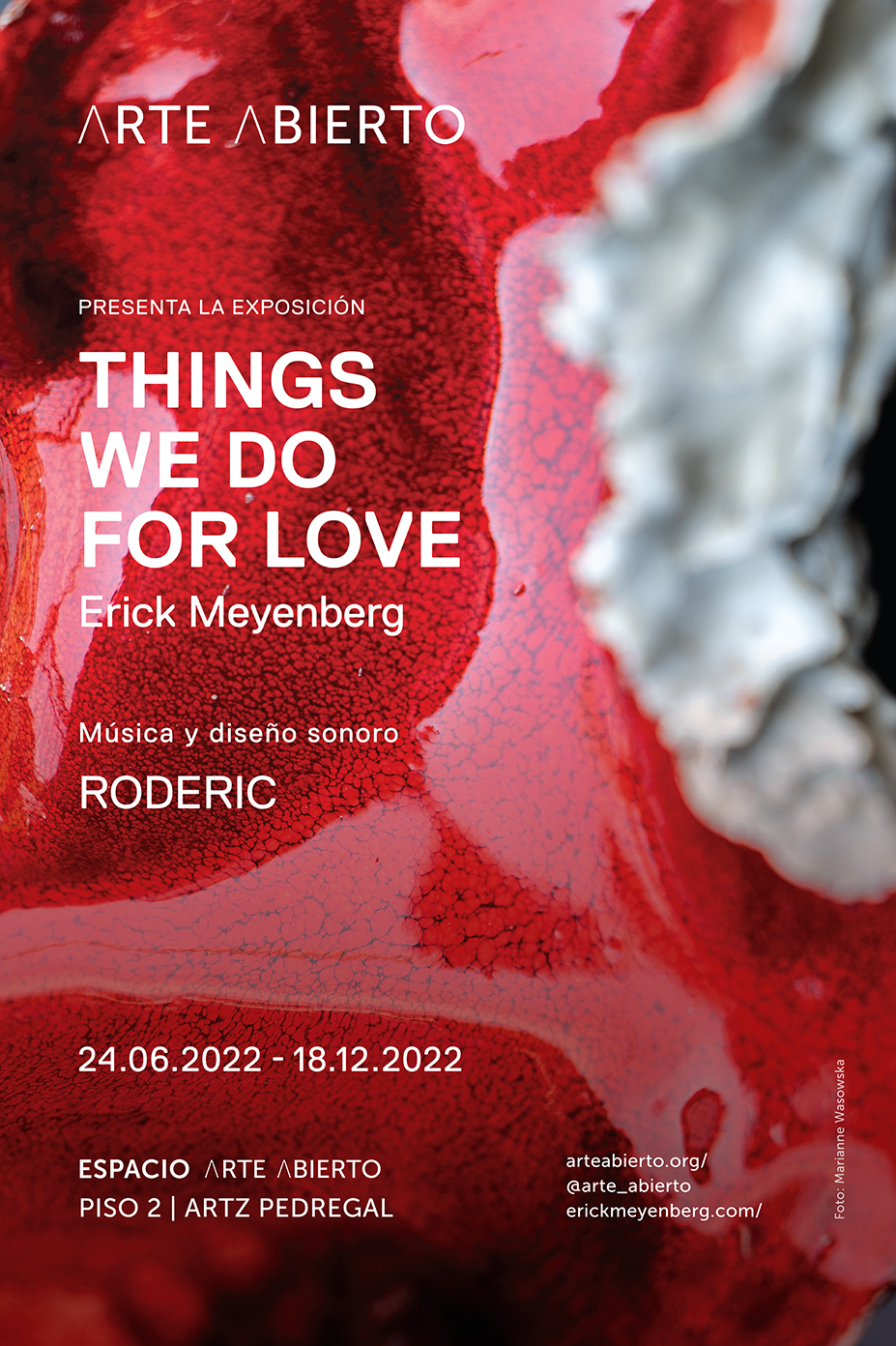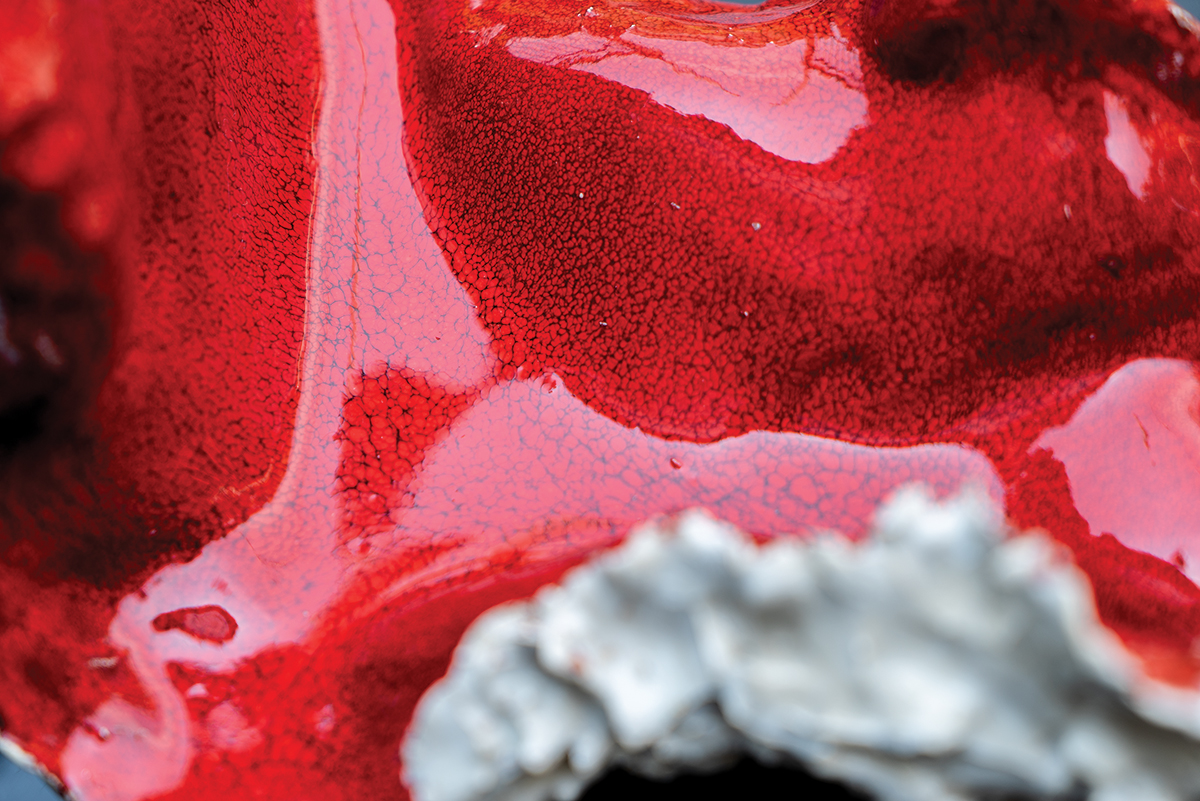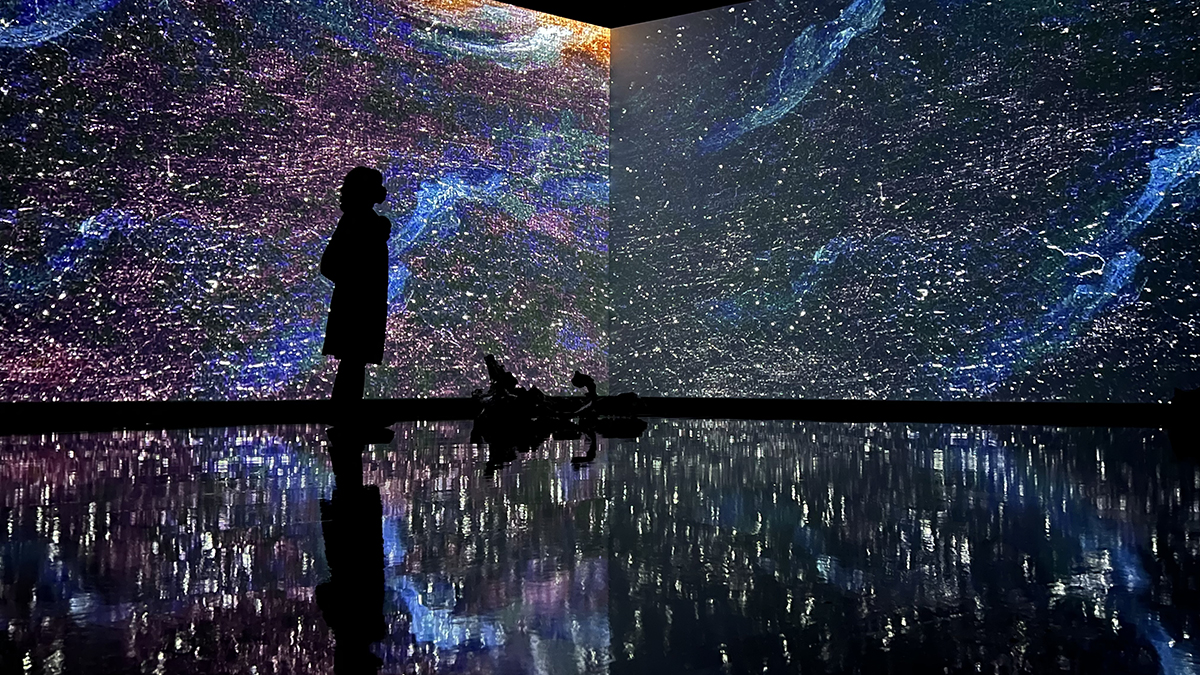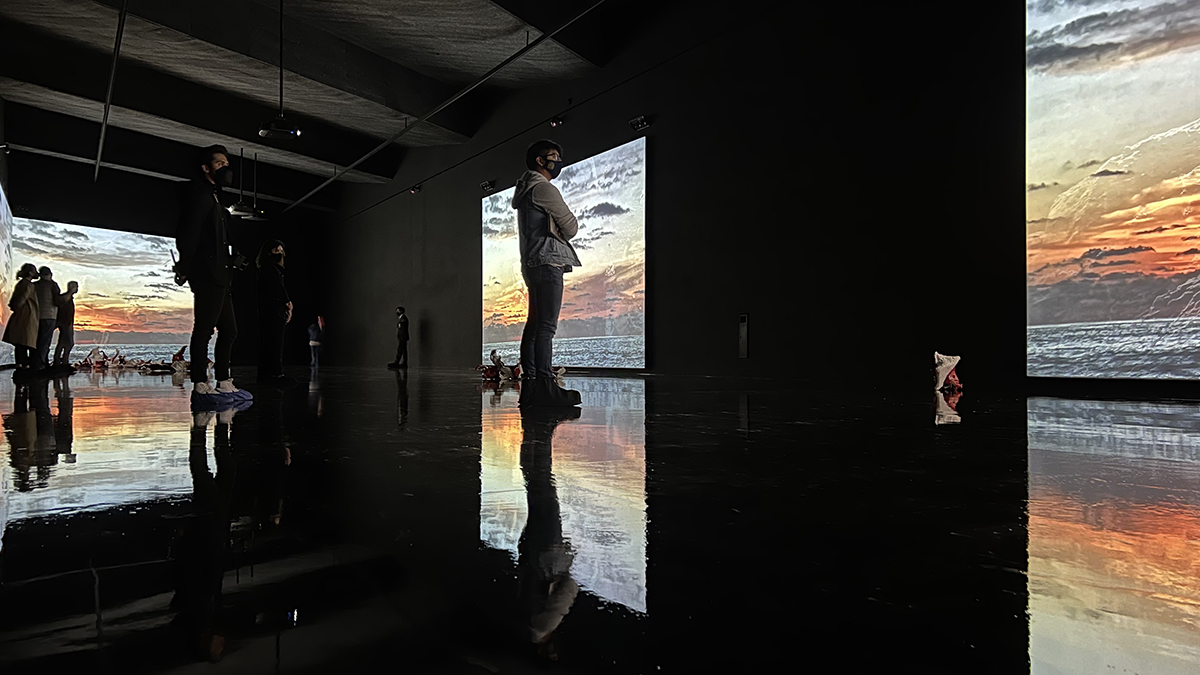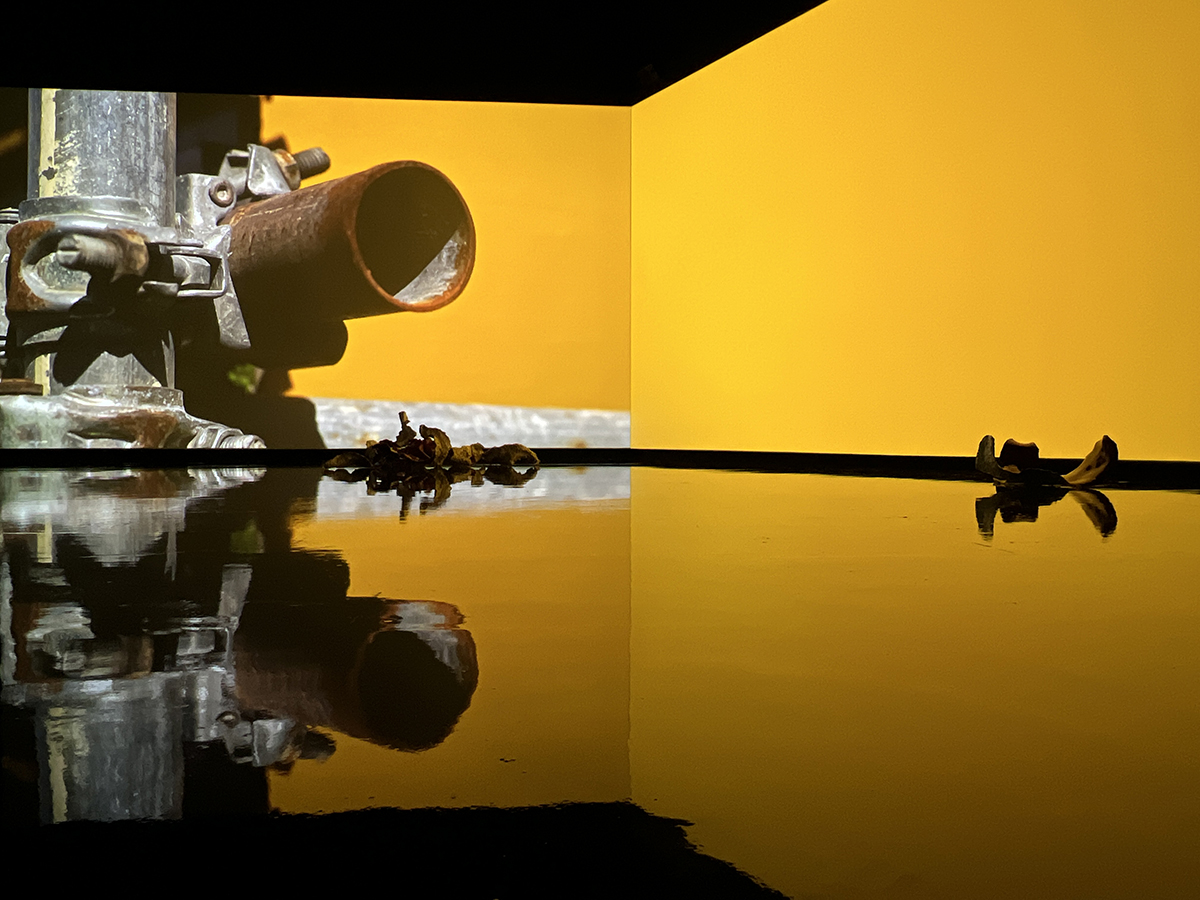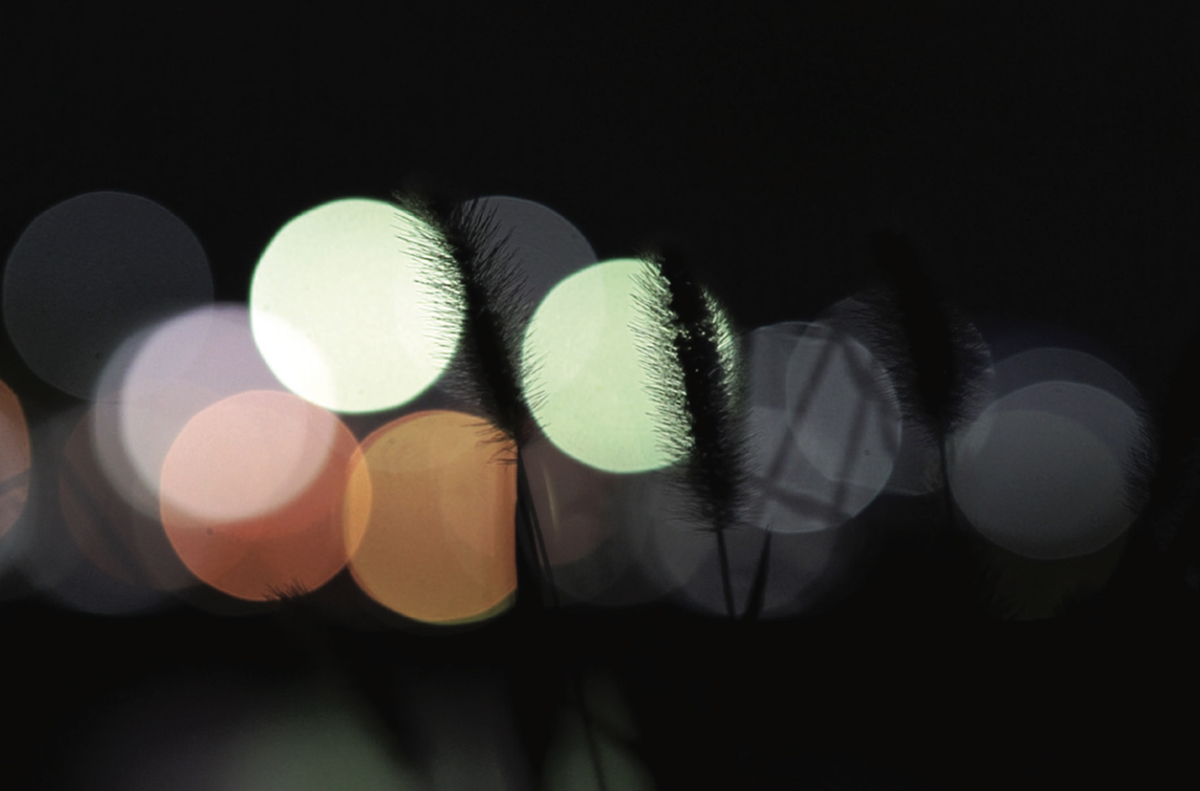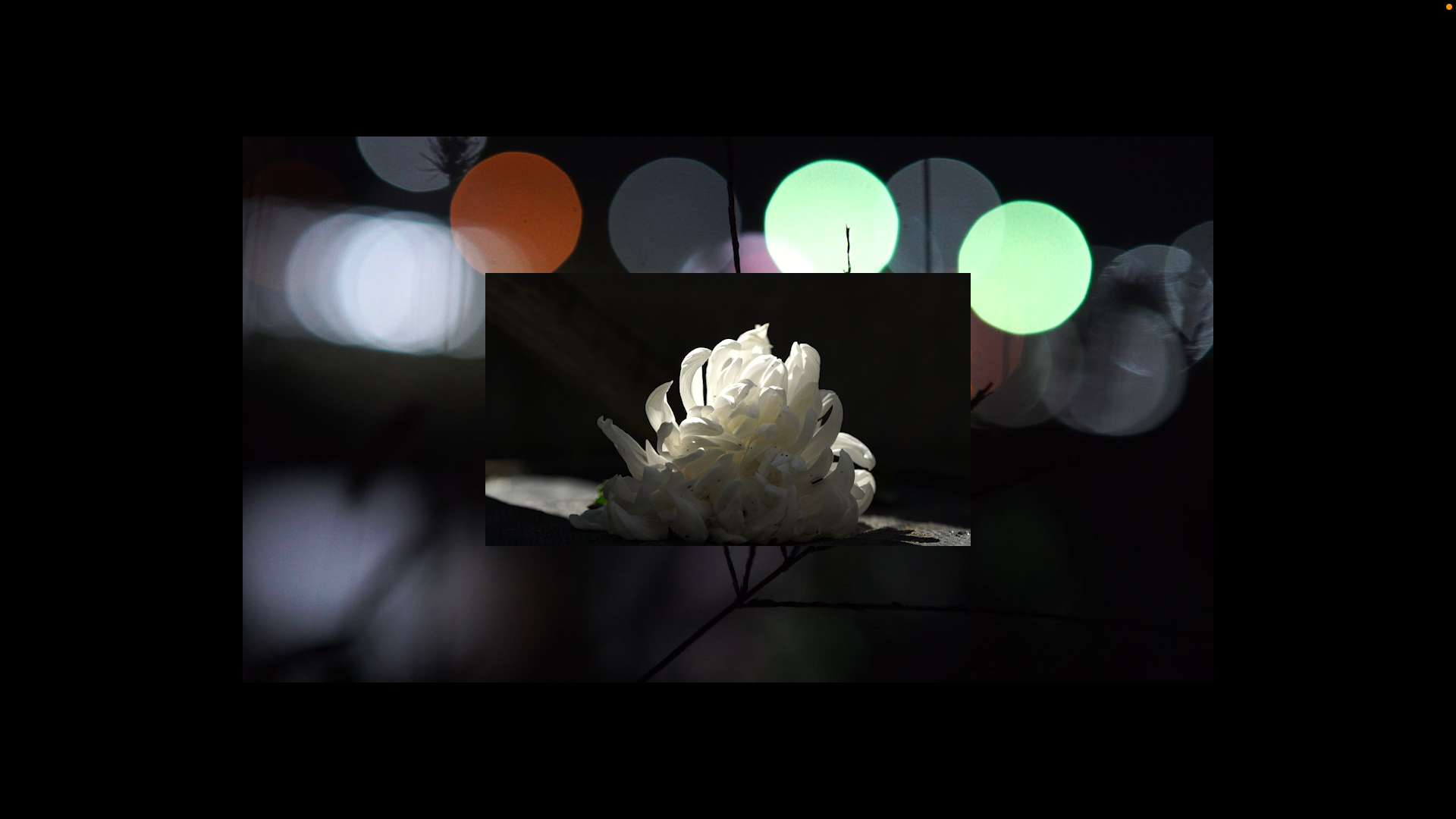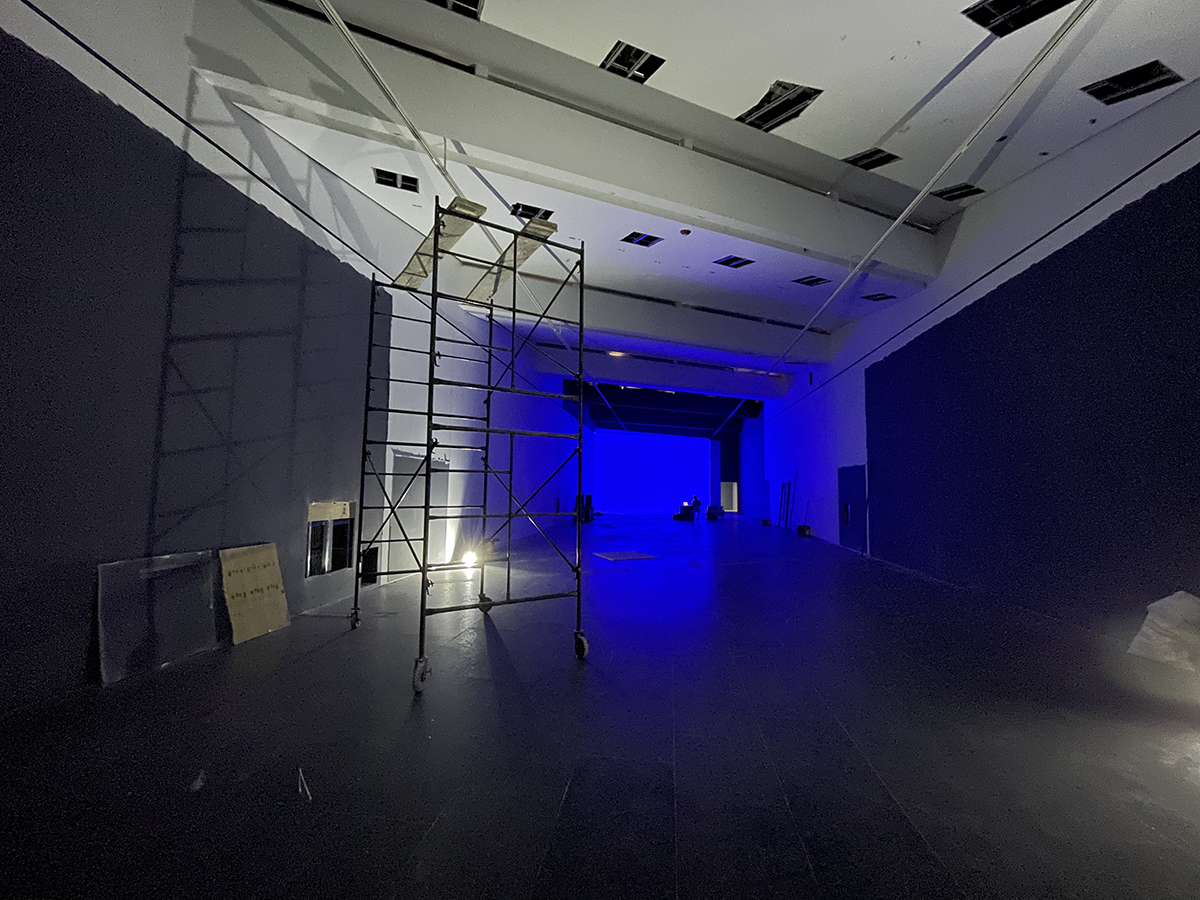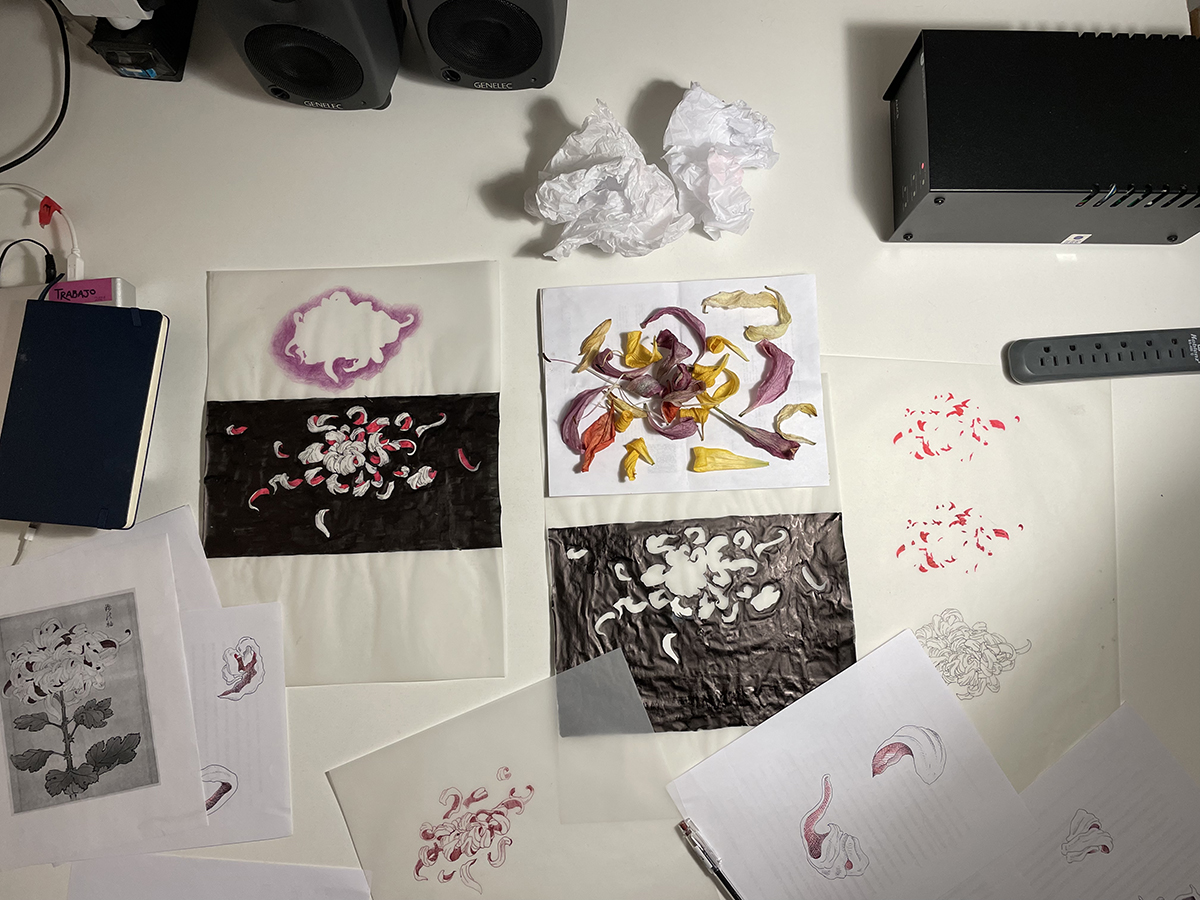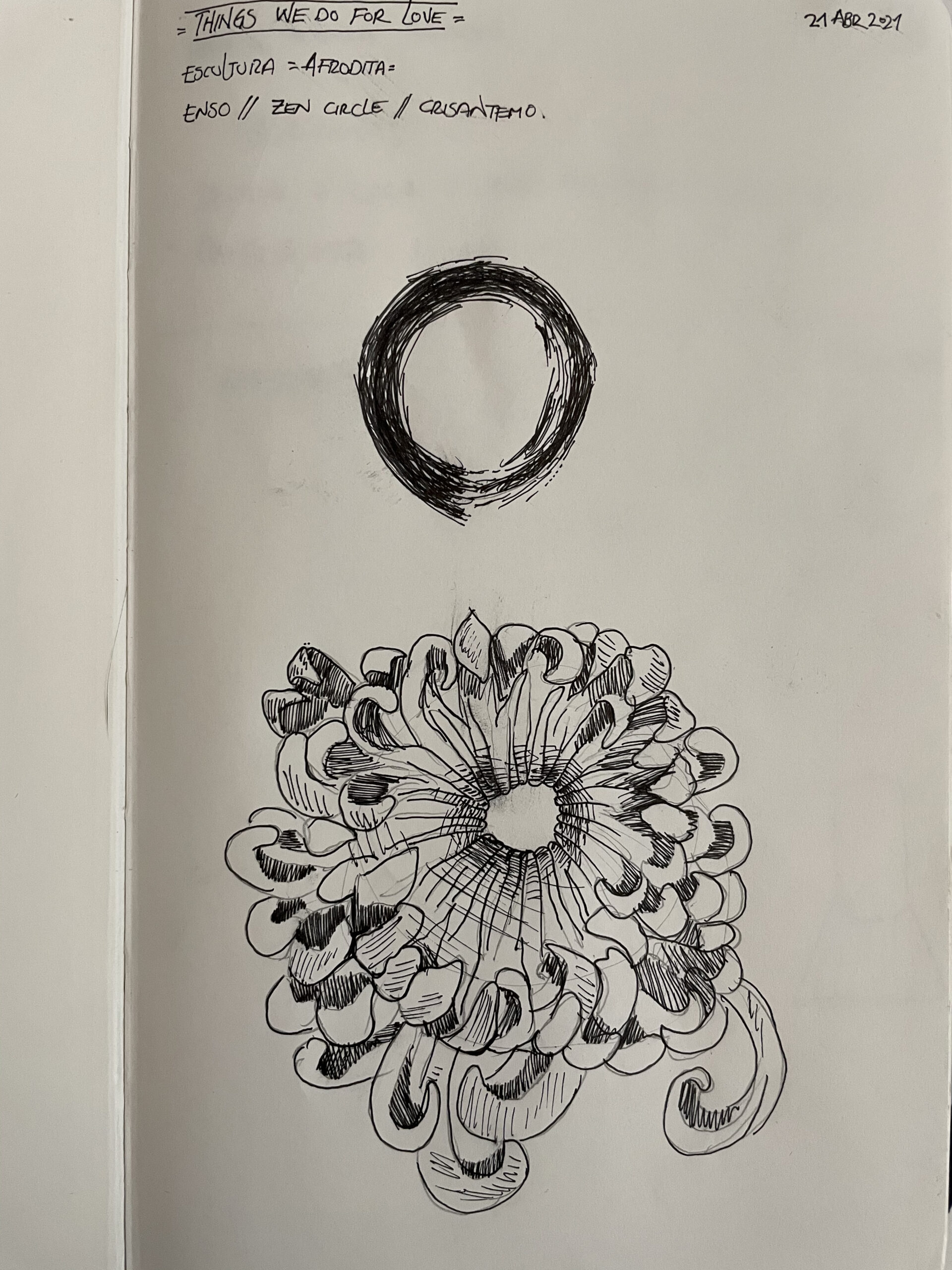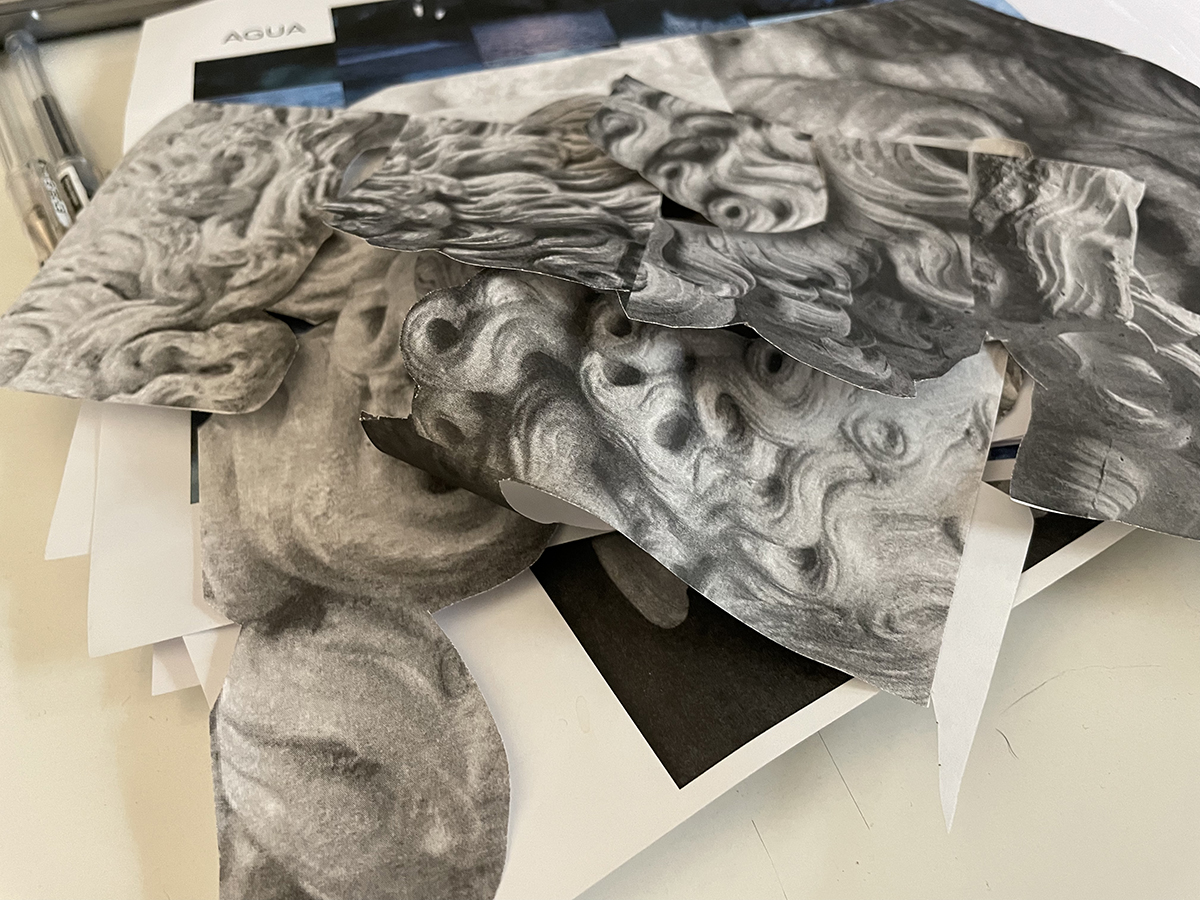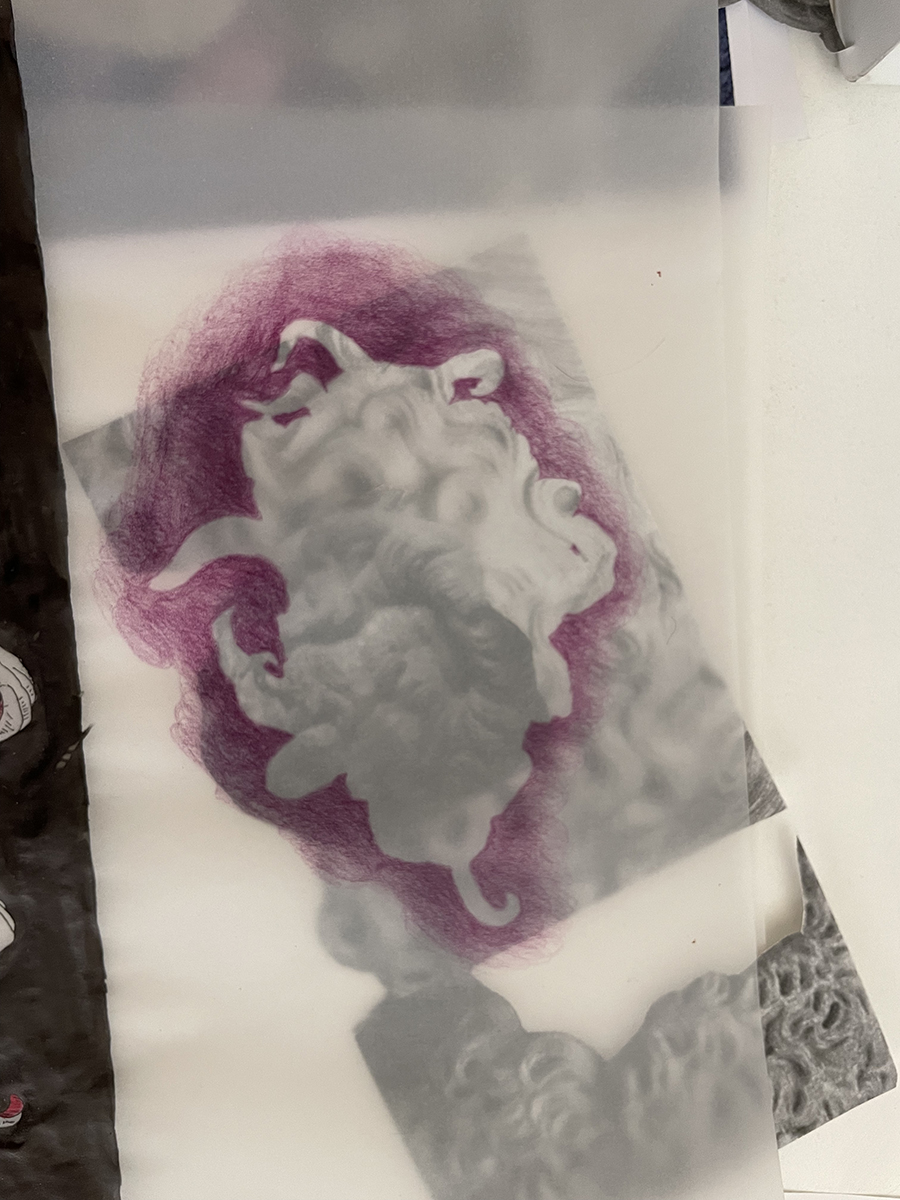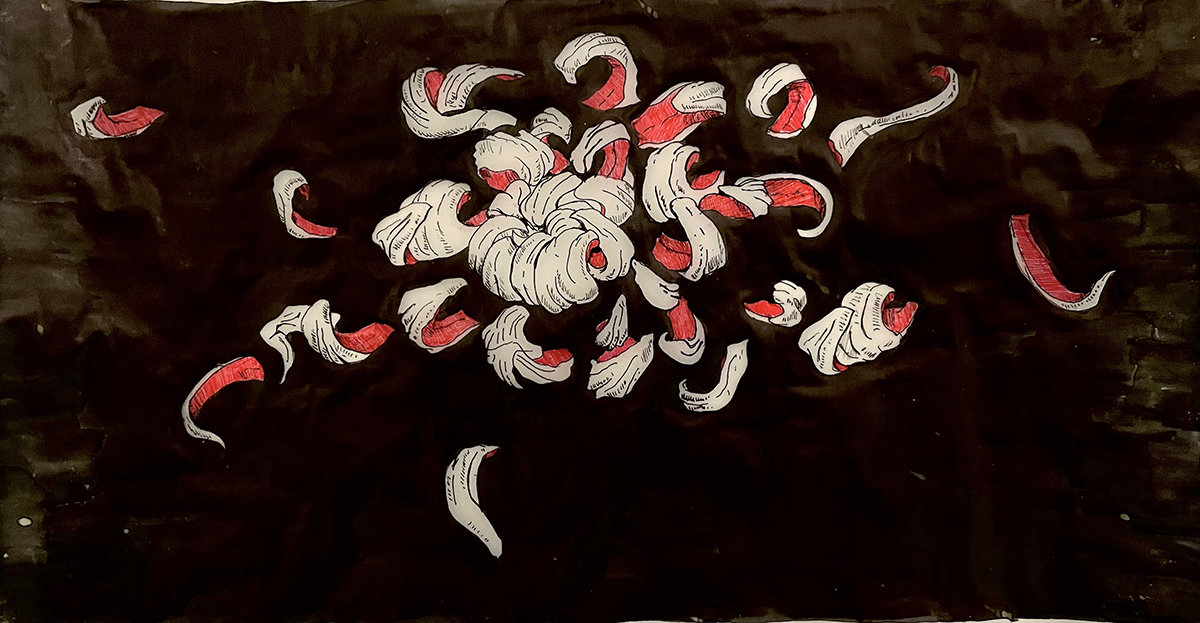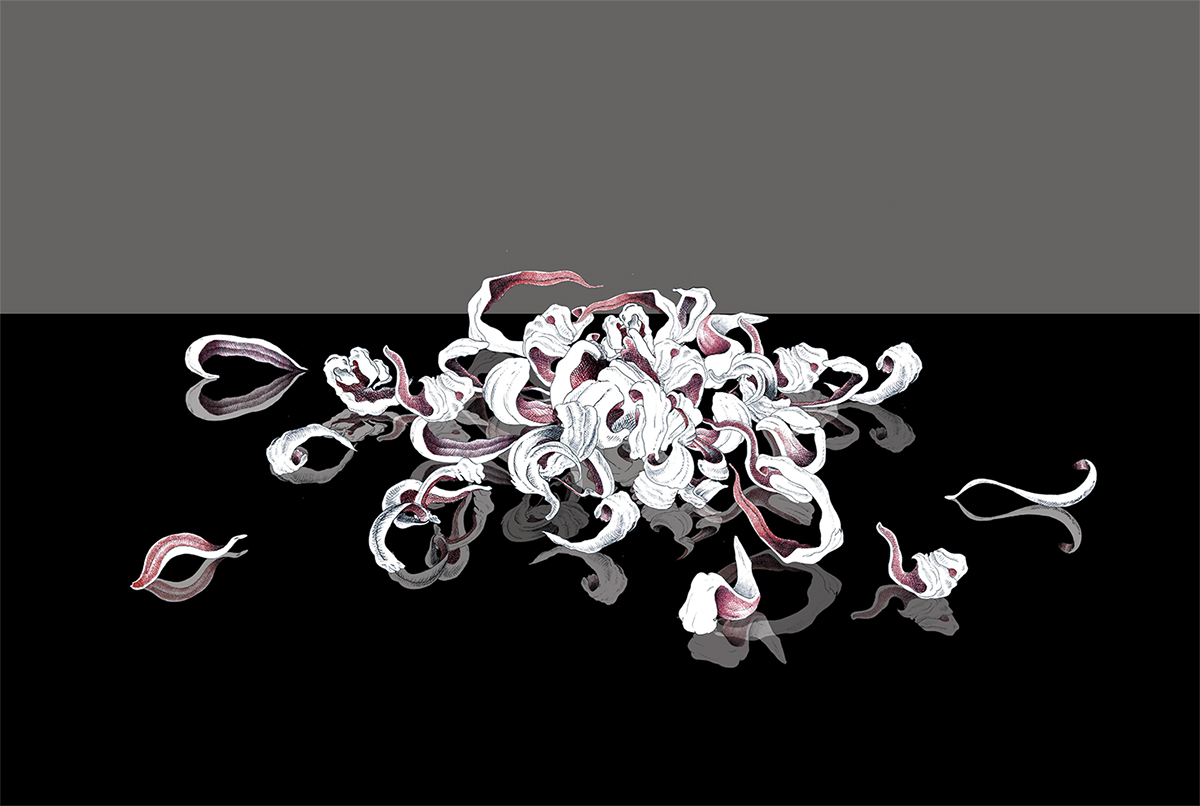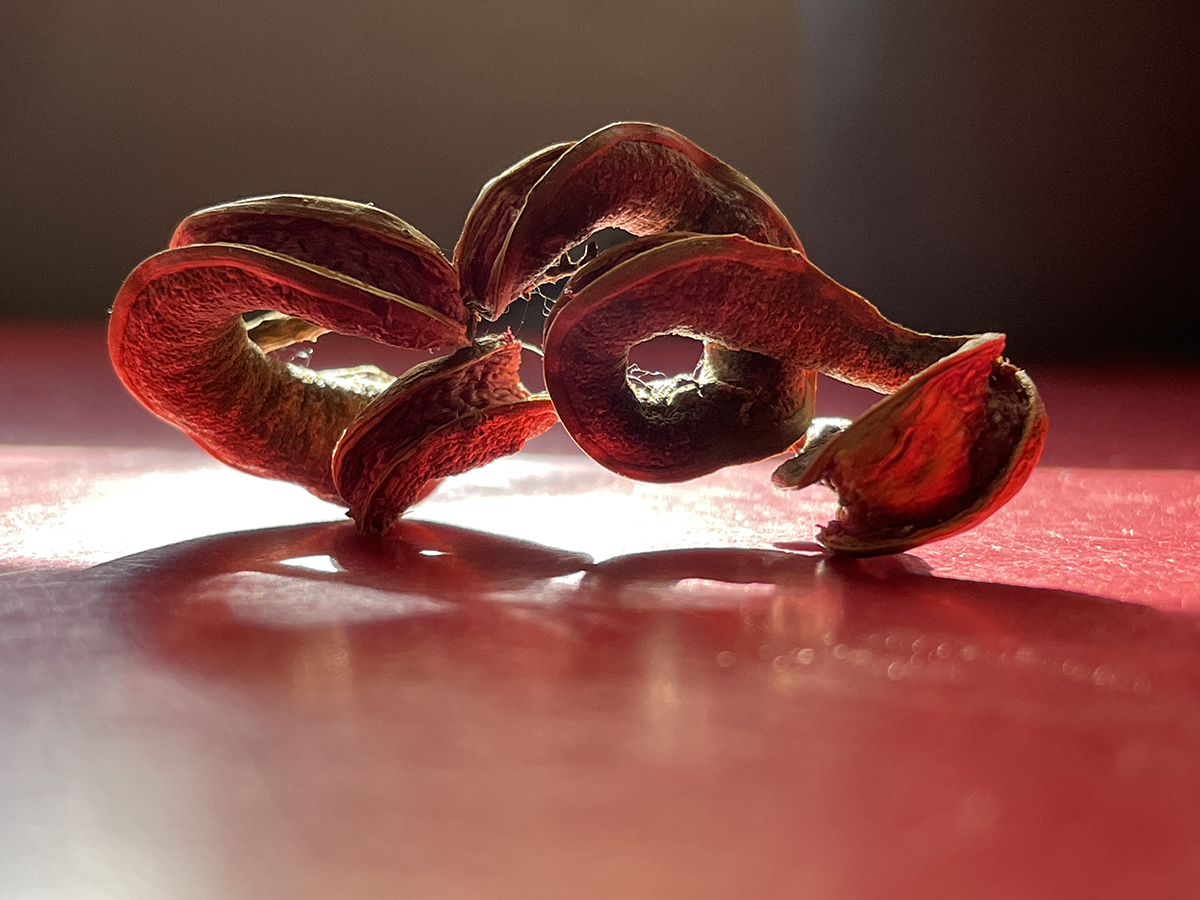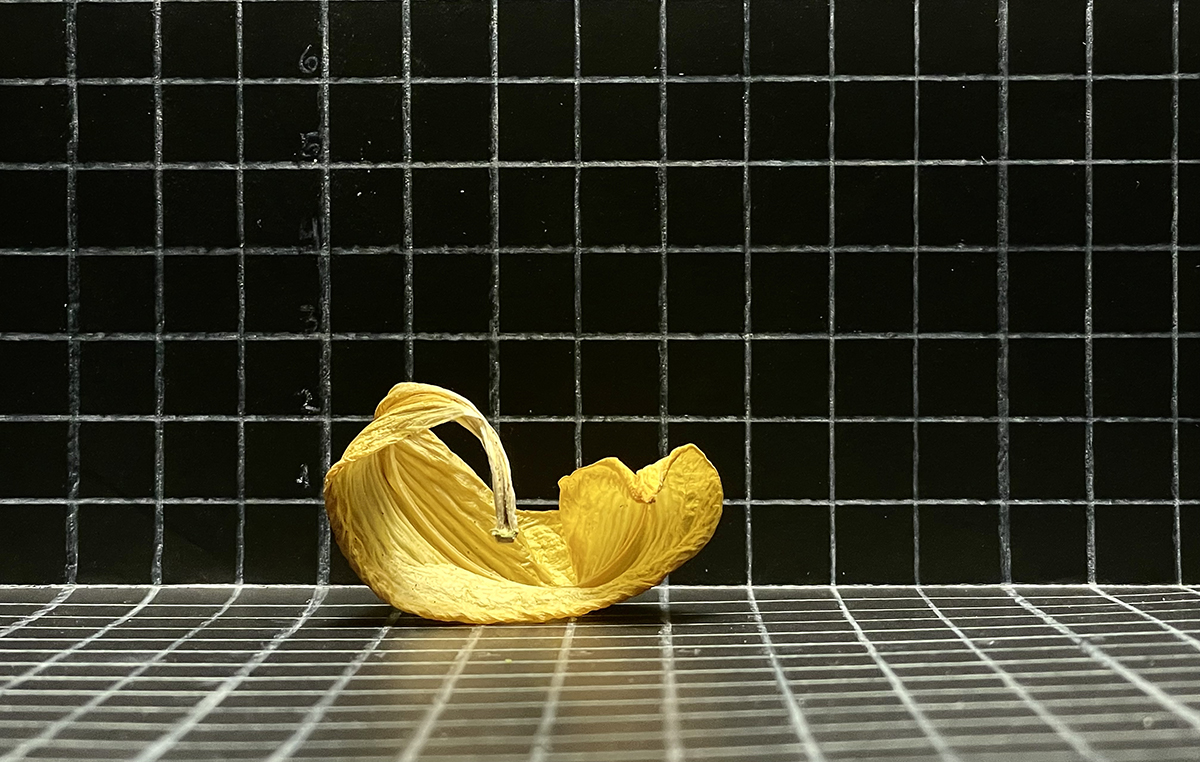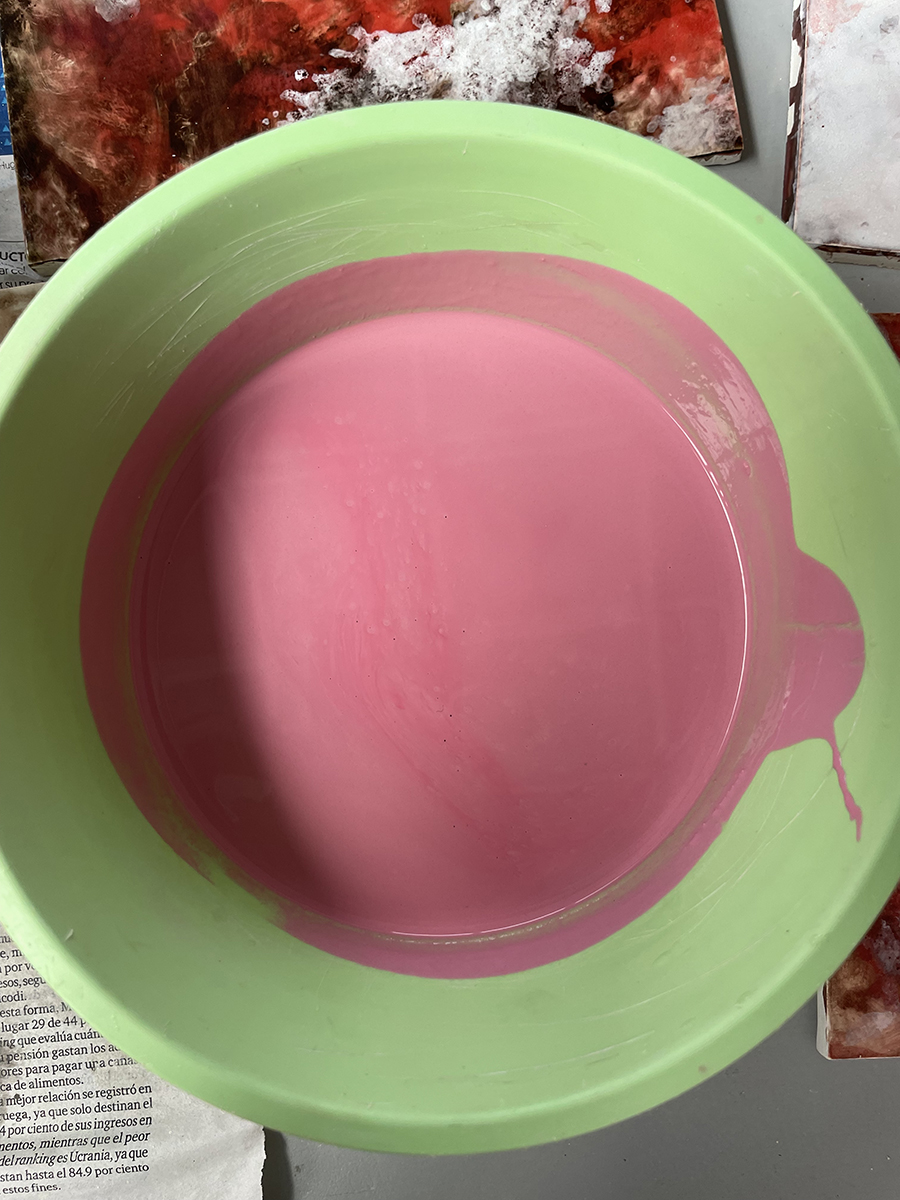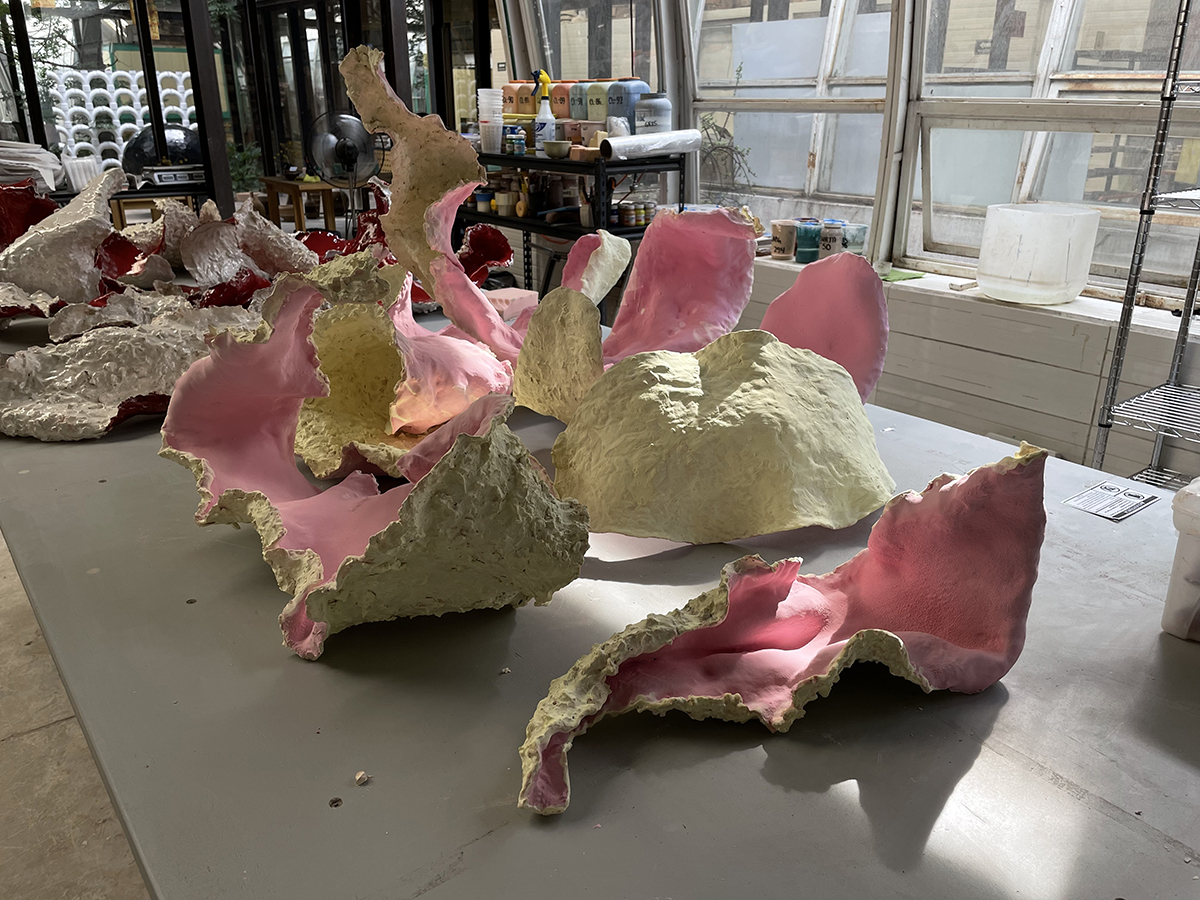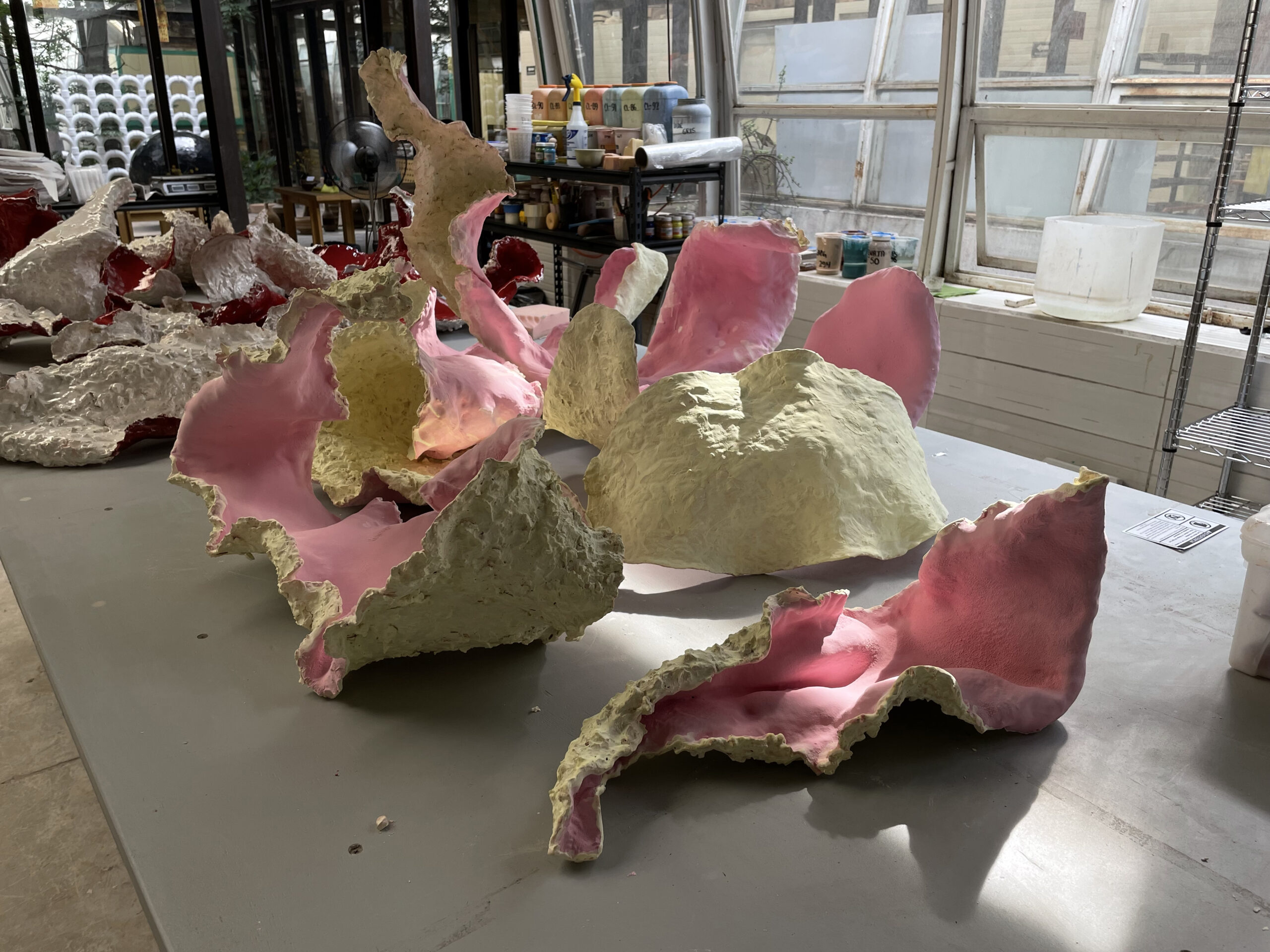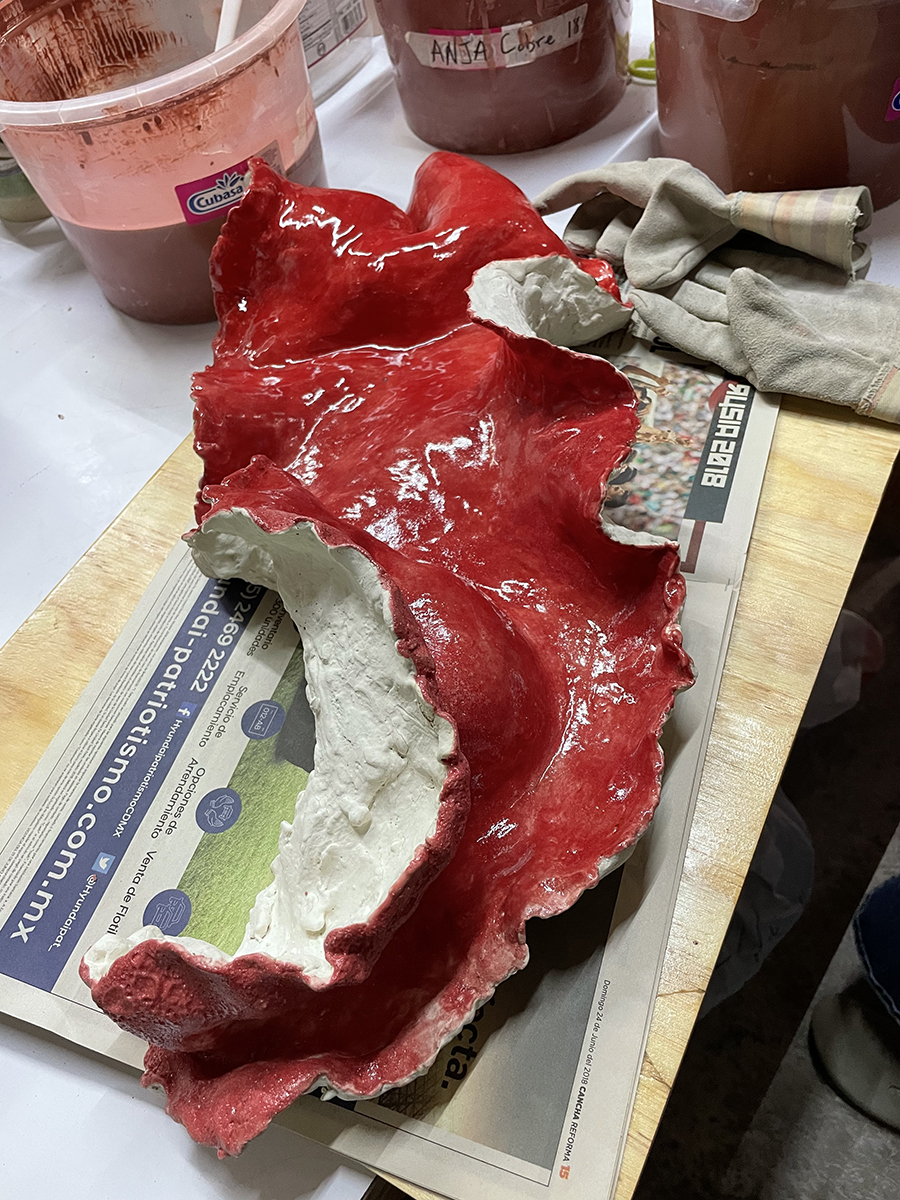01 Oct MEMORY BEAT 🗓 🗺
CERAMIC WRITING WORKSHOP
WITH SANDRA SÁNCHEZ
DESCRIPTION
Arte Abierto begins the Public Program activities linked to the exhibition Things We Do for Love with a ceramic writing workshop taught by Sandra Sánchez.
- Saturday October 15, 2022.
- Time: 12:00 p.m. – 3:00 p.m.
- Aimed at all public: children, youth and adults.
- Limited admission | Prior registration at actividades@arteabierto.org
- This workshop is free.
MEMORY BEAT
This workshop is an invitation to explore personal memory through narrative, visual and tactile writing. We will investigate our own history and translate specific experiences into forms, sensations, intensities and flows.
Ceramics will allow us to capture not only stories and figures, but also forces, footprints and body movements. In addition to making an inquiry about intimacy and writing. The result will be a piece of pottery that each participant can take home, like a talisman.
No prior knowledge is required.
IMPORTANT: As we will be working on low-temperature ceramics, after the workshop, we will keep your piece for burning. A week later we will have the piece already fired and enameled available for you to pick up at Arte Abierto.
Sandra Sánchez Writes in different media, including ceramics. Her current research focuses on modes of collaborative writing and proposals for production and reception beyond the aesthetic relationship “artist-work-spectator”. In 2015 she founded Zona de Desgaste, a space dedicated to mediation, writing and critical reflection on contemporary art and art philosophy. She currently edits OndaMx magazine, leads Aeromoto Library and teaches at Universidad del Claustro de Sor Juana.
IG: @phiopsia
—
Erick Meyenberg’s show Things We Do for Love, is open from Tuesday to Sunday from July 24 to December 18, 2022 at Espacio Arte Abierto, located on the second floor in ARTZ Pedregal in Mexico City.
Fee $ 35 pesos.
ARTZ Pedregal: Periférico Sur 3720, Jardines del Pedregal, Álvaro Obregón, Mexico City.




